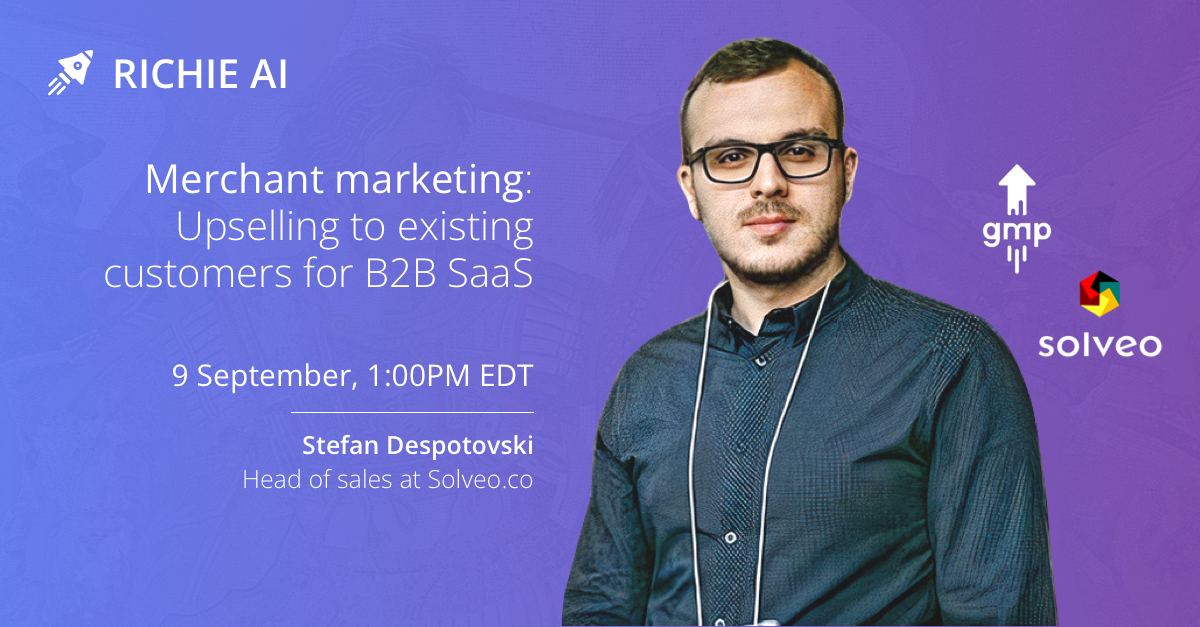
Richie AI has launched a special series of webinars for B2B SaaS.
The first event was dedicated to B2B SaaS Merchant Marketing: Upselling to current cutomers in B2B SaaS
It took place on September 9 in collaboration with SaaS Growth Slack Community "Growth Marketing Pros".
Host: Ermek Rysbek uulu, CEO/ Founder at Richie AI
Guest Speaker: Stefan Despotovski, Co-Founder of the Growth Marketing Pros, Head of Sales at Solveo (innovation consultancy for B2B SaaS)
https://www.youtube.com/watch?v=FhlRgS224AE
For updates about future events subscribe to Richie AI's YouTube channel, LinkedIn, and Reddit.
Below is the article based on the webinar:
Merchant Marketing: Upselling to current customers
Selling to a new customer is more difficult than selling to existing ones. This observation is particularly true for B2B companies. It’s harder to constantly find new businesses to buy your products. The best solution is for B2B companies to focus on retaining existing customers. Specifically, B2B SaaS businesses may use a subscription model with a tiered system that incentivizes upselling to the highest tier.
Customer acquisition is the process of obtaining new customers, whereas customer retention is the process of convincing customers to perform repeated purchases.
The interaction of these two processes produces the ‘Leaky Bucket problem’ for marketers.
Leaky Bucket Problem
The Leaky Bucket Marketing theory says that organizations constantly lose customers, just like water leaking from a bucket. To maintain its market share and revenues, a business needs to continually replace old customers with new ones. But this solution isn’t great for B2B businesses.
B2B customer acquisitions are much harder than B2C ones. There are less B2B customers, and they are driven by logic rather than emotions. Hence, B2B businesses are more profitable when the customer retention rate is higher.
The importance of upselling in B2B SaaS
The purpose of upselling is to inform a customer of all their options with your business. Doing so helps customers make knowledgeable choices and demonstrate that your company cares for and understands their needs. Hence, Upselling increases customer retention.
Customer retention is a massive concern for B2B businesses, especially B2B SaaS since these businesses use a subscription-tier model. 80% of company sales come from 20% of customers, so B2B SaaS businesses need to retain their highest-paying customers.
In fact, research demonstrates that increasing customer retention by only 5% increases profits from 25 to 95%.
Building relationship is critical for your B2B brand
For the above-mentioned reasons, it’s vital for B2B companies to prioritize customers in every aspect of their business. As a B2B company, you want to increase retention to ensure a stable revenue and market share for your company.
You also want to build solid relationships with your customers by both upselling to current clients and using them to gain referrals for additional expansion.
The 4 stages of retention
These are the four stages of customer retention.
1. Share Phase
A customer shares their needs with you at this stage. They begin working with you because you satisfy their requirements. This stage lets you develop your brand.
2. Refer Phase
At the refer stage, your initial customer from the sharing phase is no longer active. They’ve benefitted from your product or services and are no longer in a relationship with you. Instead, they will refer you to other businesses.
For example, let’s say you’re a provider of HR performance software. A customer has already purchased your software solution. They’re no longer in a relationship with you. But they may refer your software solution to their partner, e.g. a logistics company.
3. Upgrade Phase
The upgrade phase comes when you’ve completed your organic marketing. Your existing clients, at this point, demand more advanced benefits and features from your products and services.
The highest growth for your business comes at this stage.
4. Advocate Phase
This is the final stage. At the advocate stage, your customers give testimonials about your business, improving your brand’s image and position. The result is that your marketing becomes self-perpetuating instead of actively managed.
Six upselling strategies in B2B SaaS
Most B2B SaaS companies provide products on a tiered basis. The higher tiers pay more but gain access to more features. The goal of every B2B SaaS company should be to upsell their customers, convincing them to continually join higher tiers.
These six strategies help achieve this goal.
1-Exploiting the anchoring bias
The anchoring bias is the cognitive phenomenon whereby a person’s decisions are influenced by a point of reference, or ‘anchor.’ For B2B SaaS, the most common anchor is the tier system itself.
The way this works is that the first tier of the product or service is either free or cheap but only provides the bare minimum features. The second tier is a marginal upgrade that disproportionately costs more than it delivers.
The third and final tier is the most expensive but also the most value-providing one. It costs the most but also provides more features, not disproportionately to price. The anchor to obtain the best value for money will convince customers to buy the final tier.
2-Price Segmentation
Price segmentation is an extension of the first strategy. To create effective tiers, the cost for each should perfectly balance between cost and benefit. If the upgrade to the second tier costs too little, many will prefer it to the third one.
If the cost of the third tier is too high and offers a little, customers will remain on the second tier. If the first tier provides many features, why upgrade at all?
A B2B SaaS business needs to price in a way that the highest tier provides the most value.
3-Reverse Trial
A reverse trial in a B2B SaaS context is when you provide a customer with a fully featured tier of the SaaS product for a limited time or use. Then you downgrade them to the first tier of the product.
The idea is that the experience with the premium product is so positive that the customer will want to return to it.
4-Training and Adoption Assistance
This strategy involves attempting to automate the upselling process. By easily clarifying your software’s process and tiers, you can encourage customers to upgrade.
Providing this information within your product is more effective since customers won’t want to obtain external resources to understand your product.
5-Value-Added Partnership Program
Creating a value-added partnership is one of the most difficult upselling techniques, but it provides potentially massive returns. The goal is to partner with a related business to provide new benefits to customers. These benefits could be discounts, integration with other products, etc.
The idea is that by partnering with another business, you’ll both increase your values. This type of relationship can be beneficial for all parties involved, even if you give a sizable cut of your sales to the partner.
To successfully complete such a partnership, your business should also have entered its mature phase.
6-Track Usage Limits
One of the most important aspects of successfully upselling is timing. A customer will only switch to a higher tier if their current use is sufficient to justify it. The only way to predict when that time will happen is by tracking their usage data.
Usage data is invaluable since it is the most relevant metric to predict the likeliness of your customers to upgrade. You should collect as much usage data as possible, according to your local data regulations, to fully understand their usage habits.
In conclusion, the only solution to the leaky bucket problem for B2B businesses is to build trust with their customers and upsell to them. Every B2B business should aim to improve customer retention and upsell to current customers.
#webinar #b2bsaas #merchantgrowth #upselling

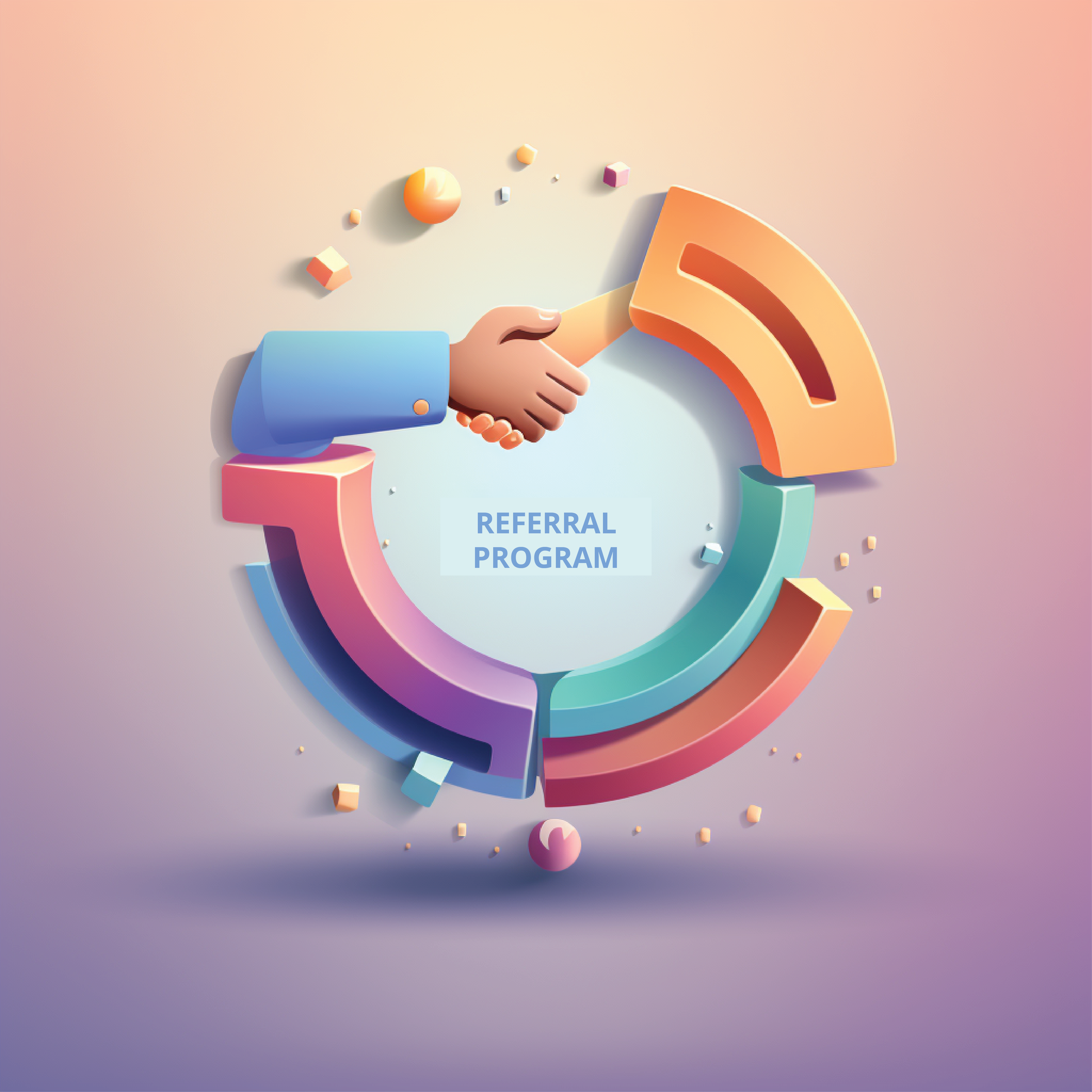

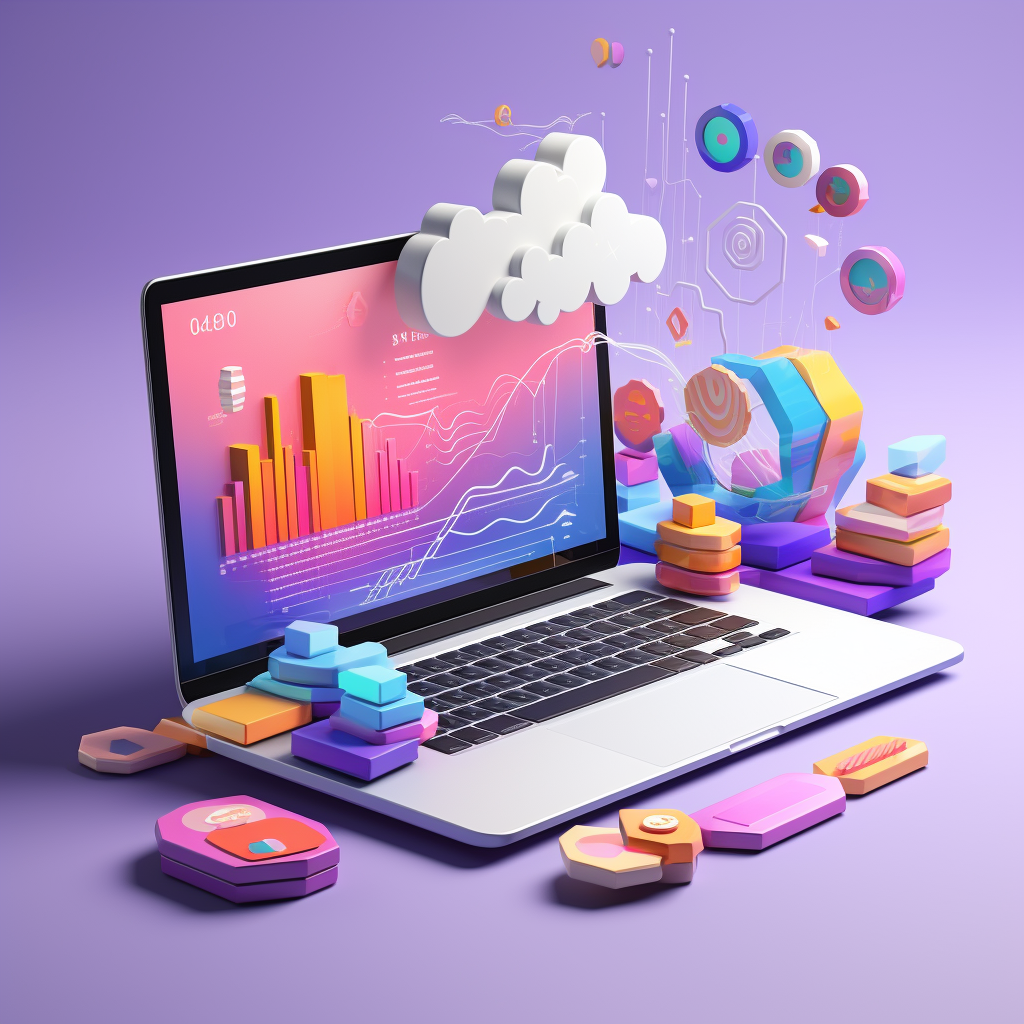

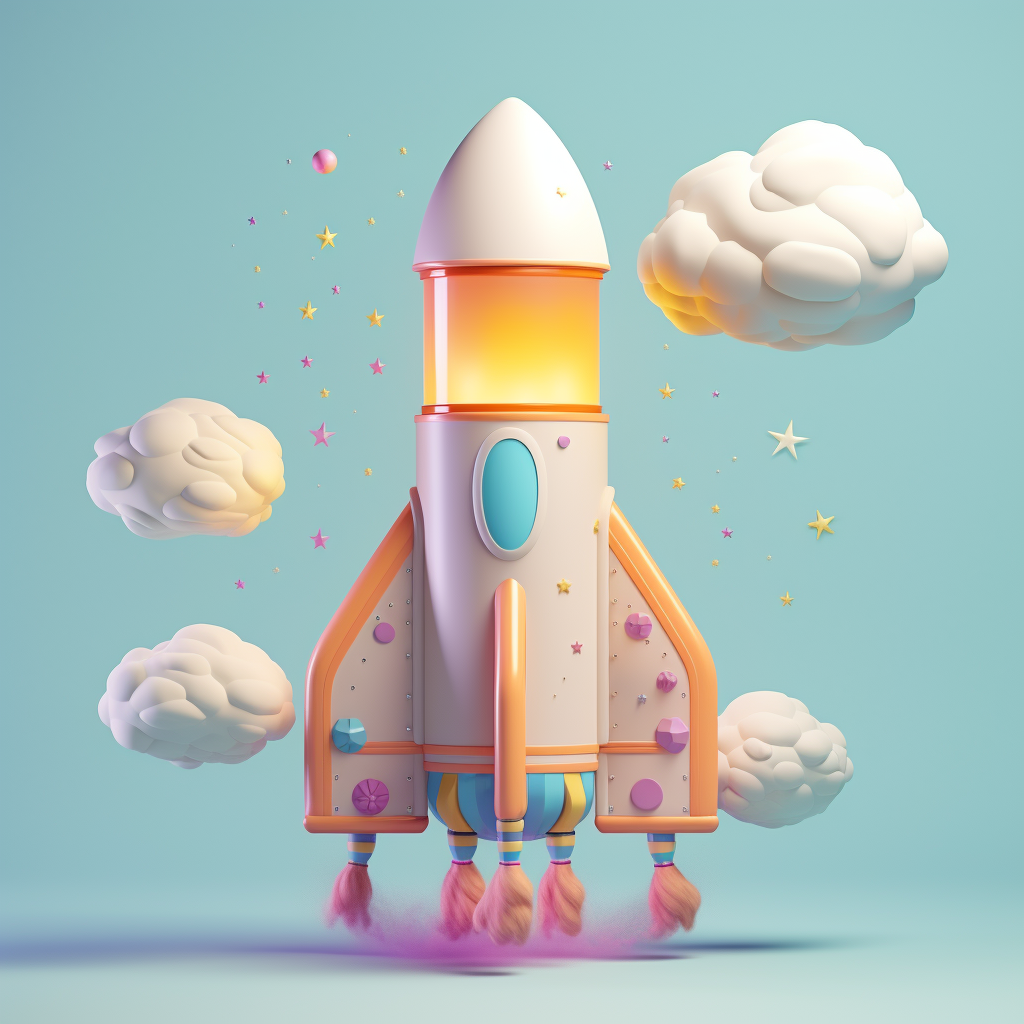





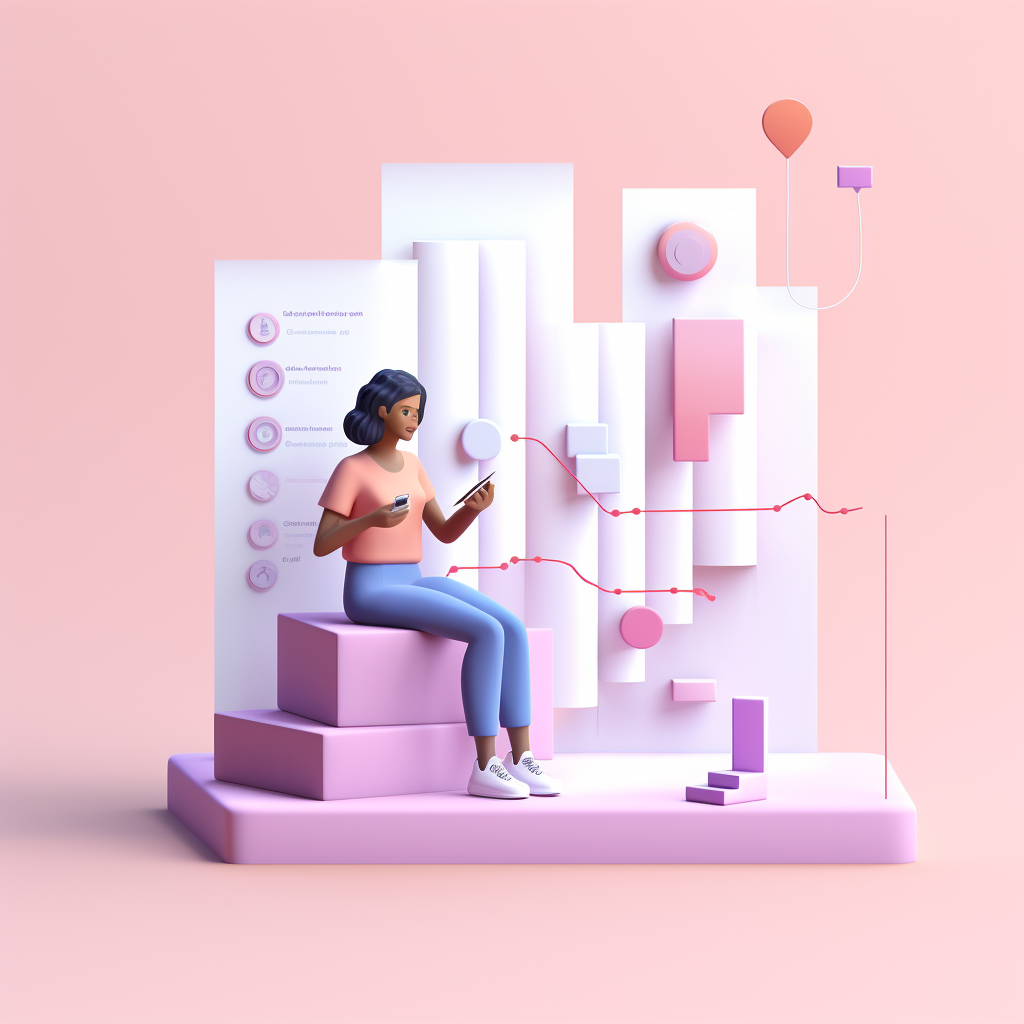




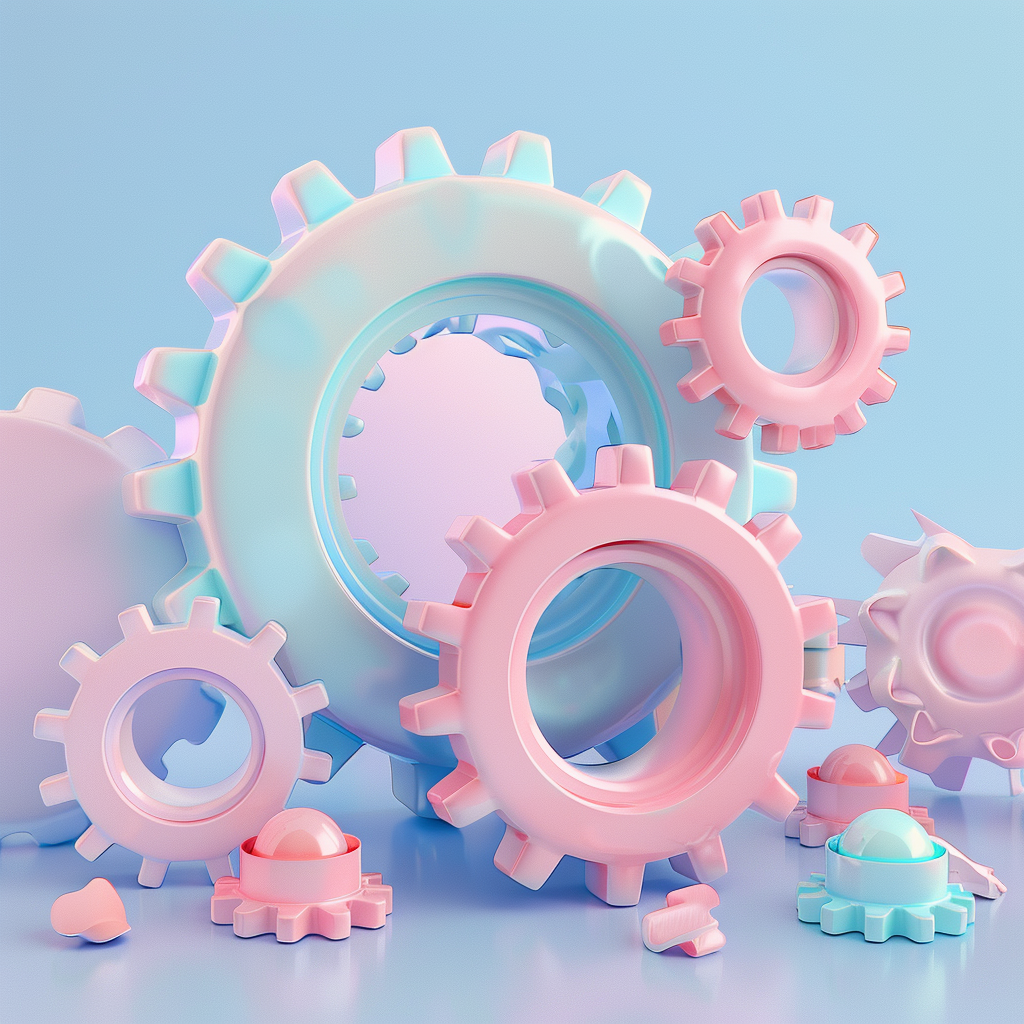



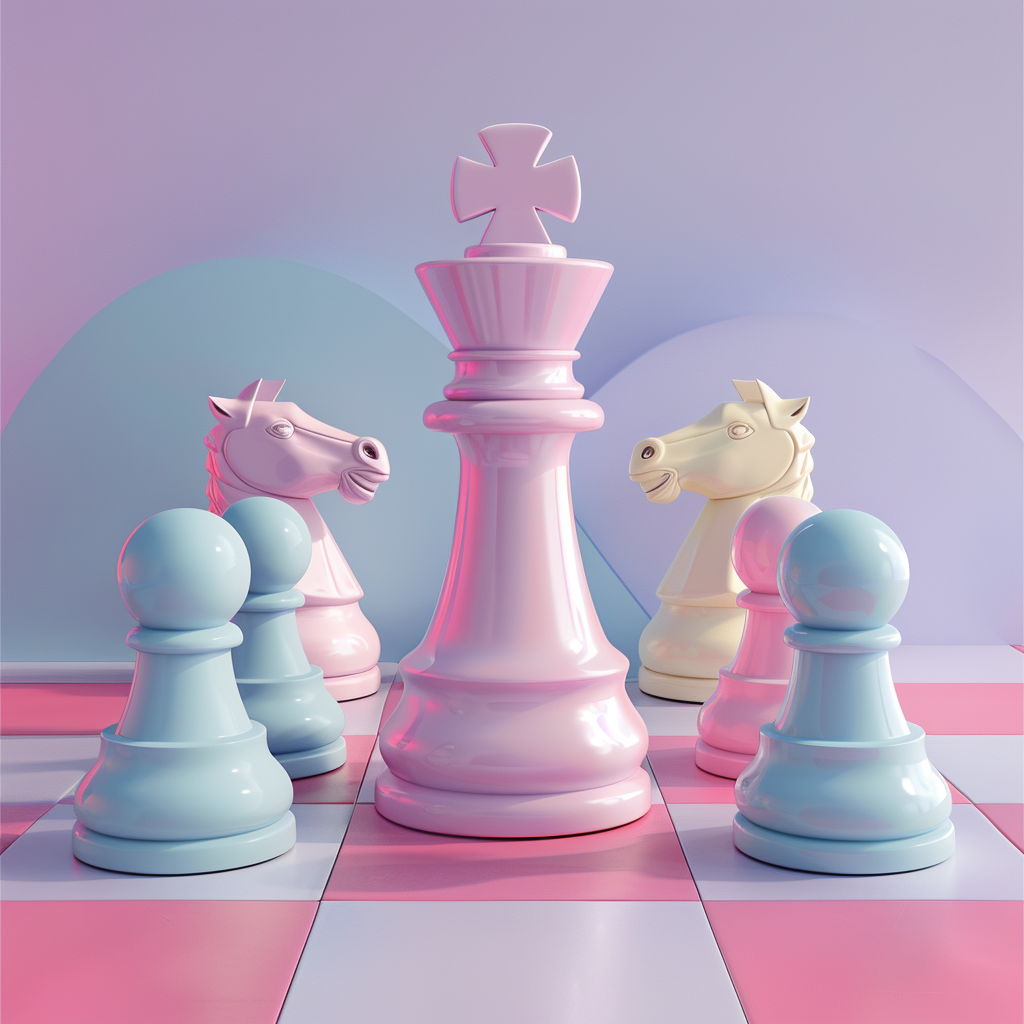



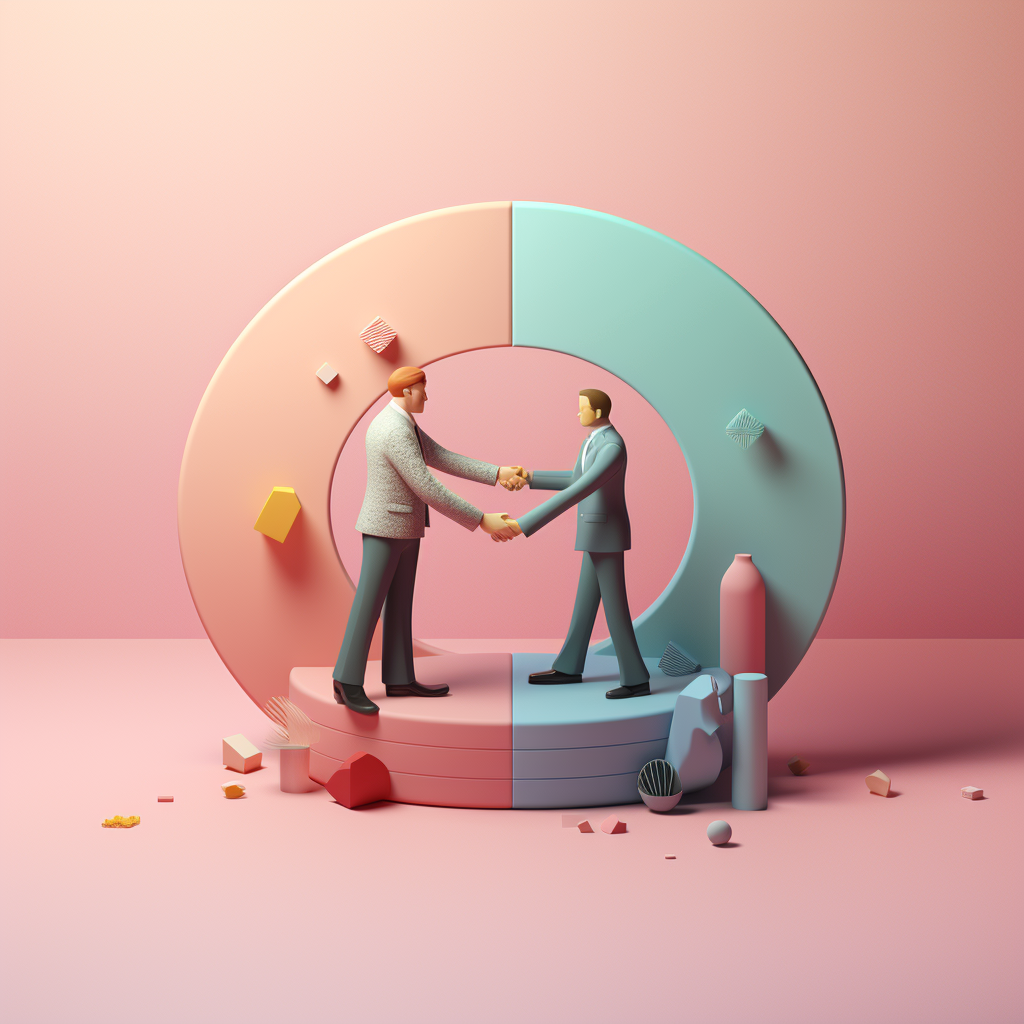
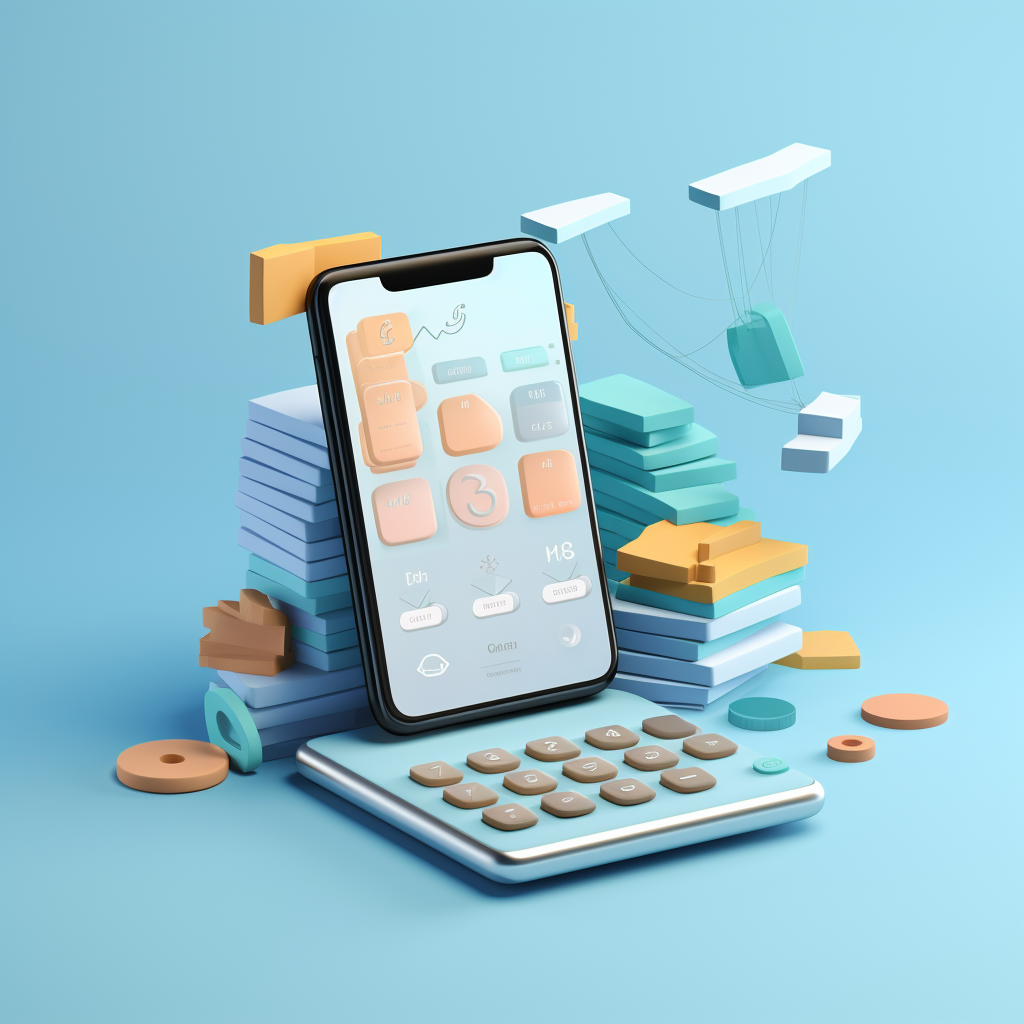
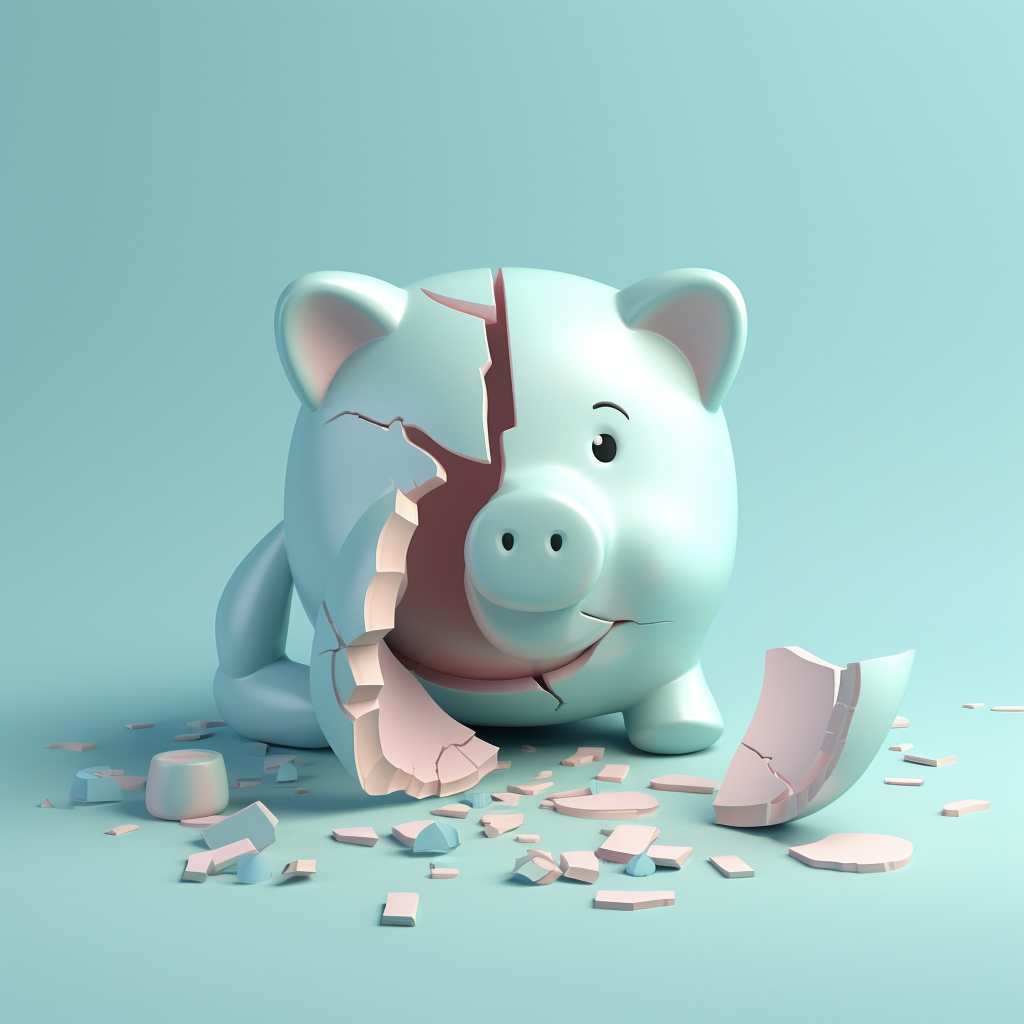

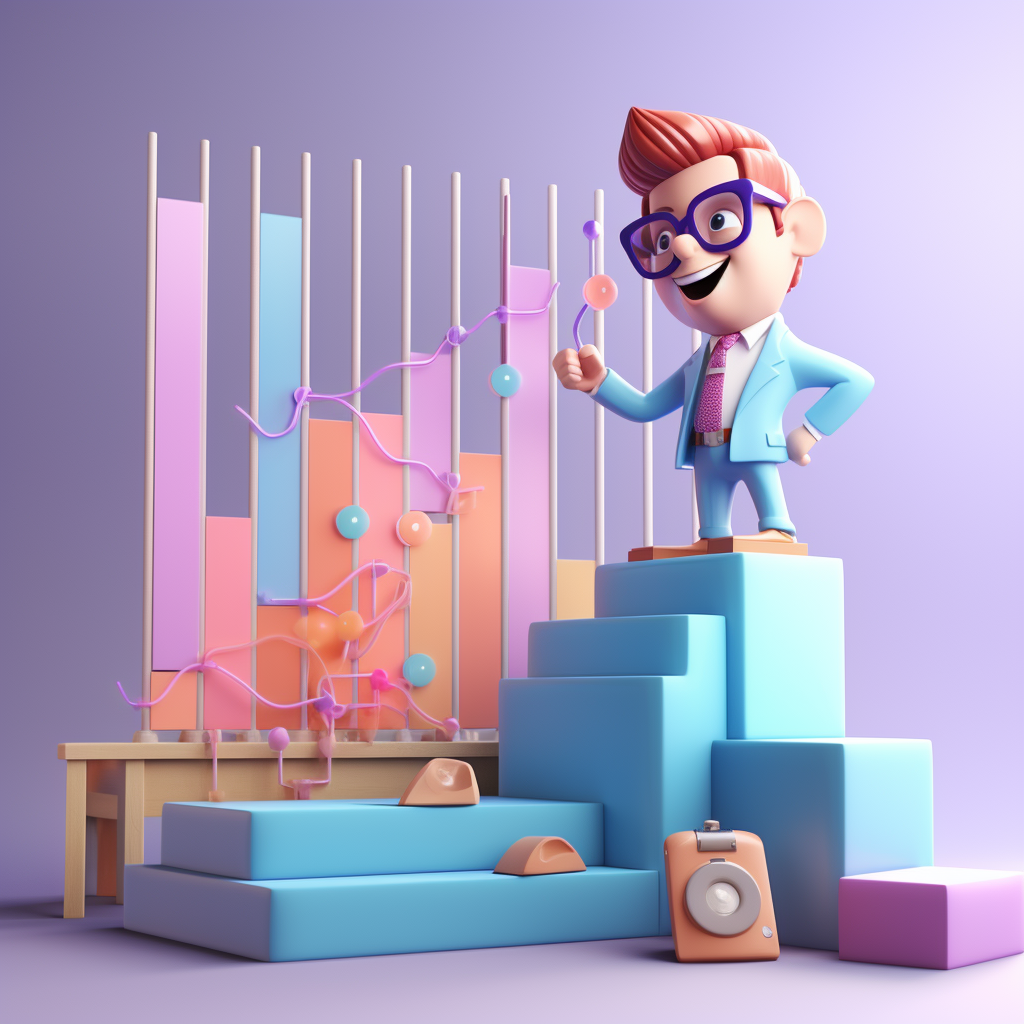


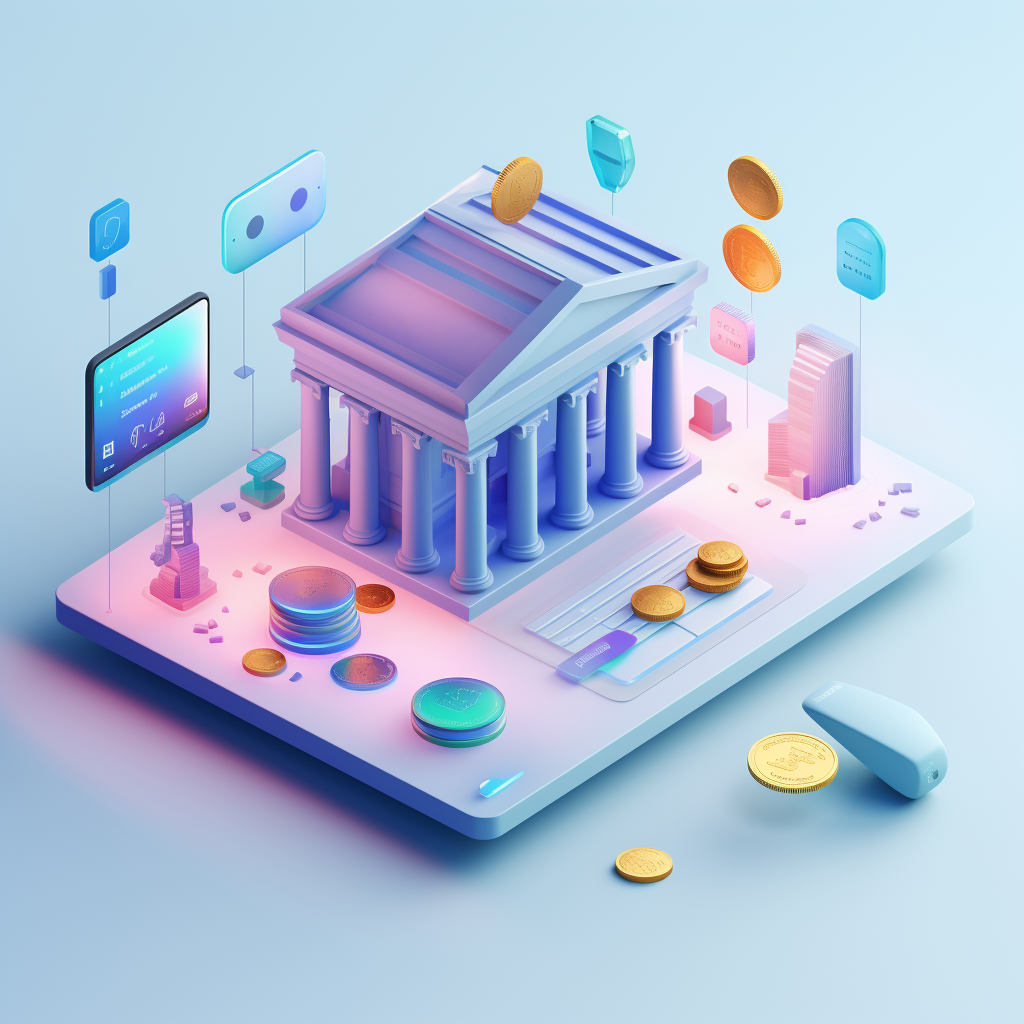

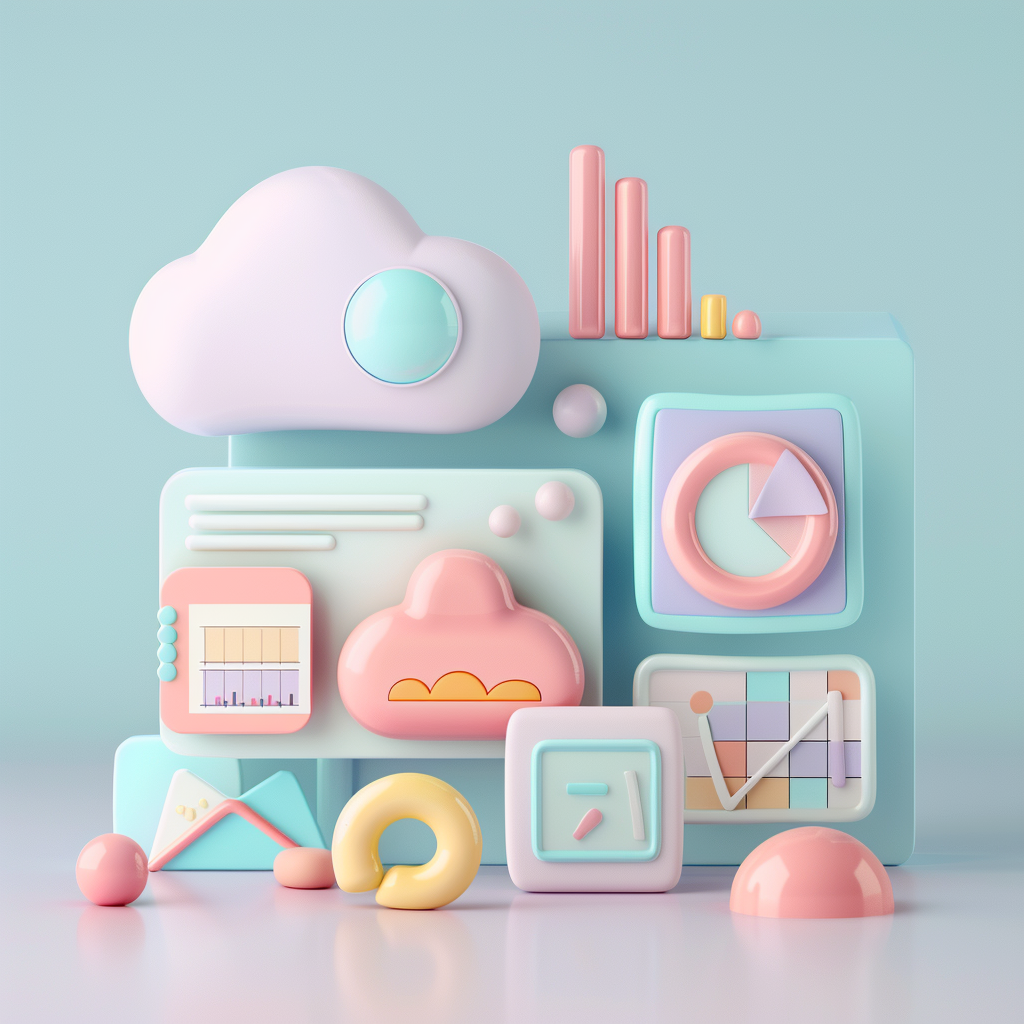

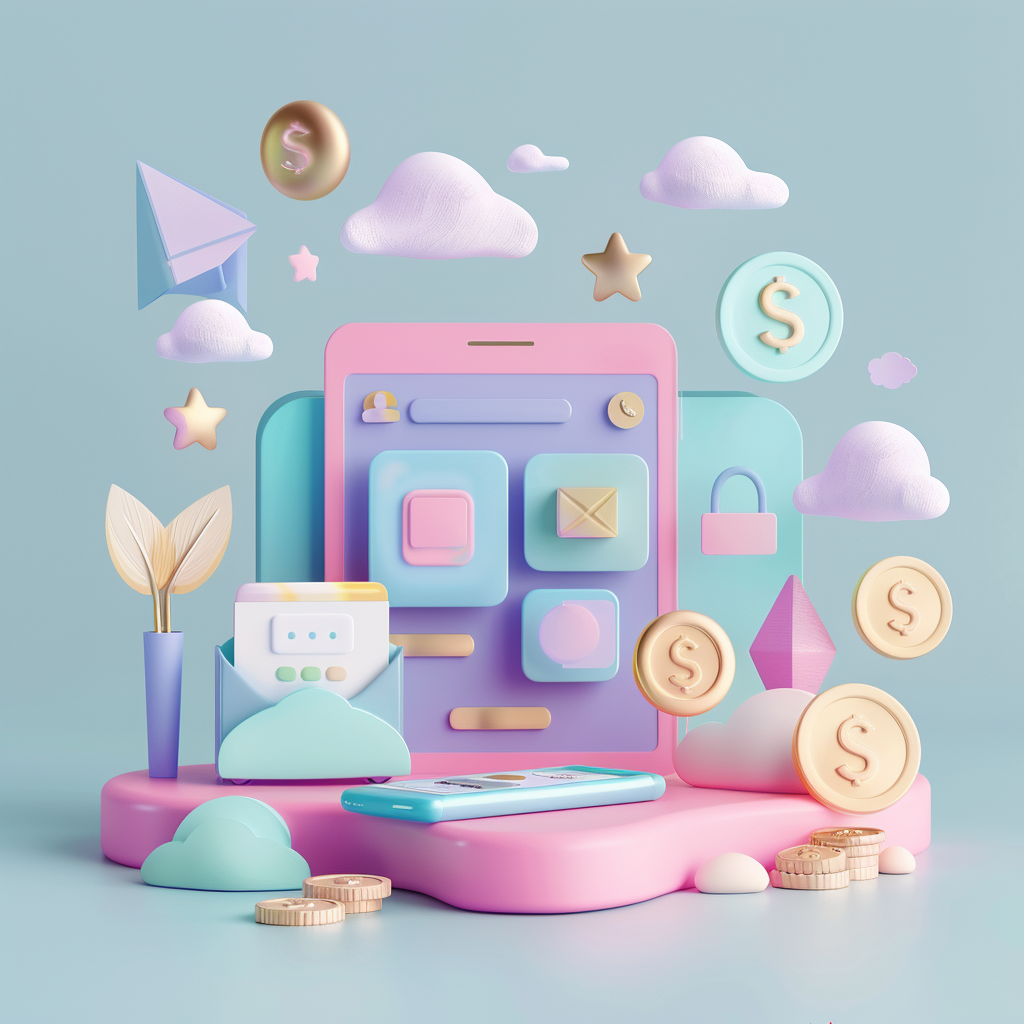







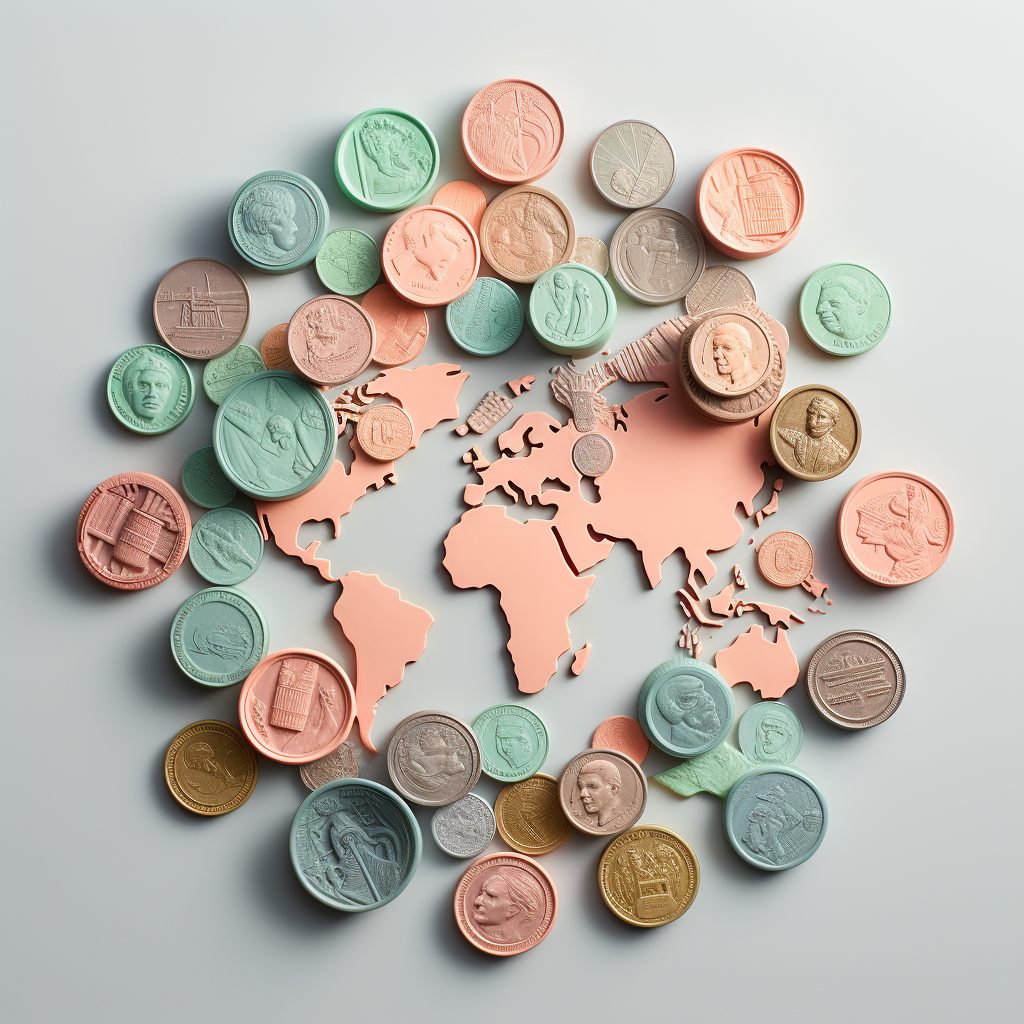


.png)


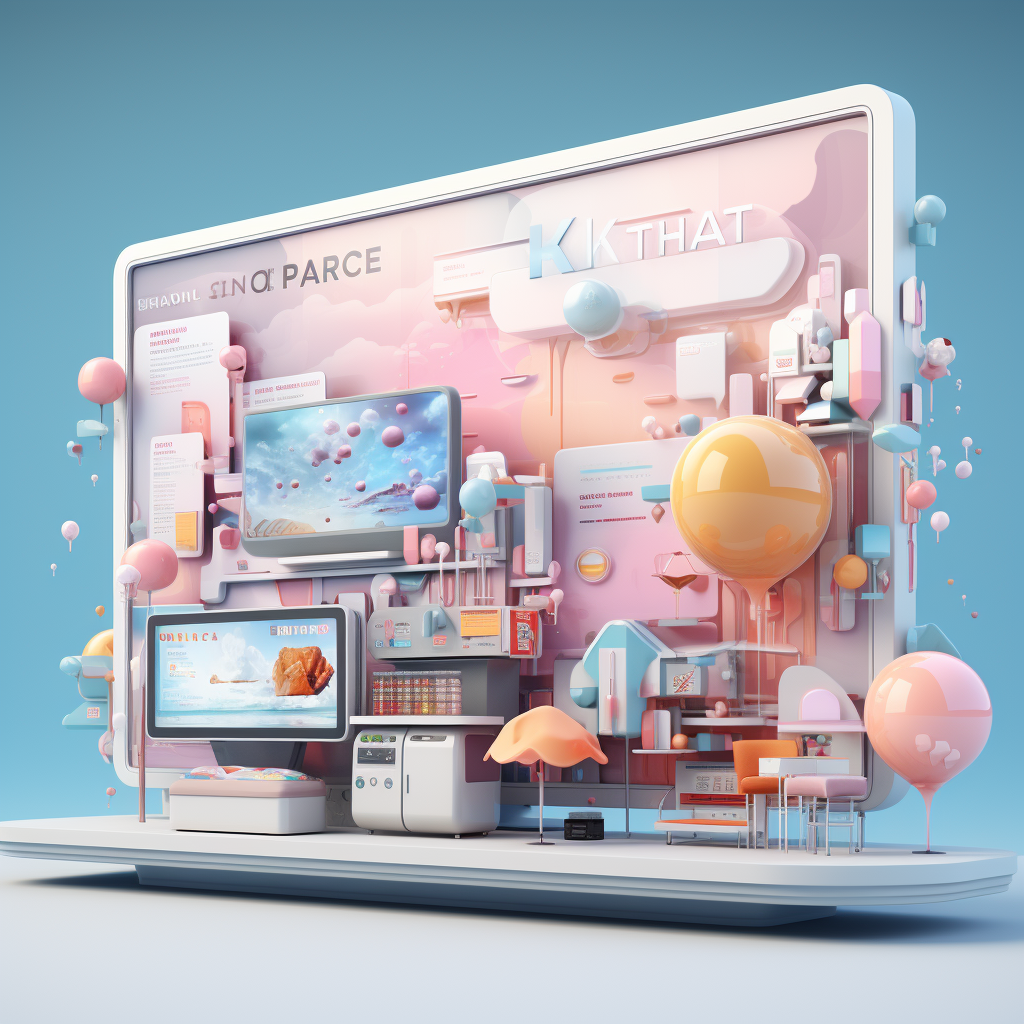
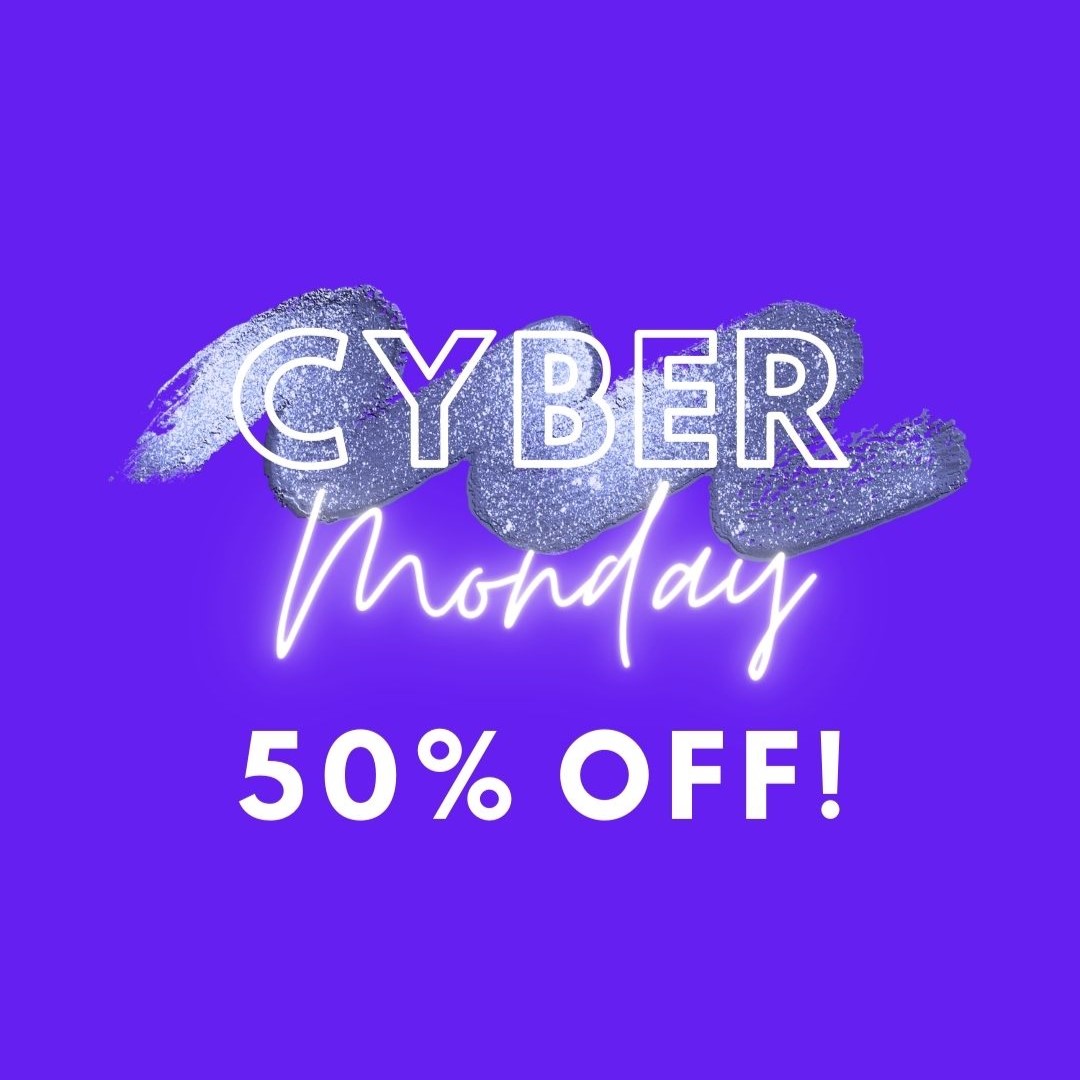
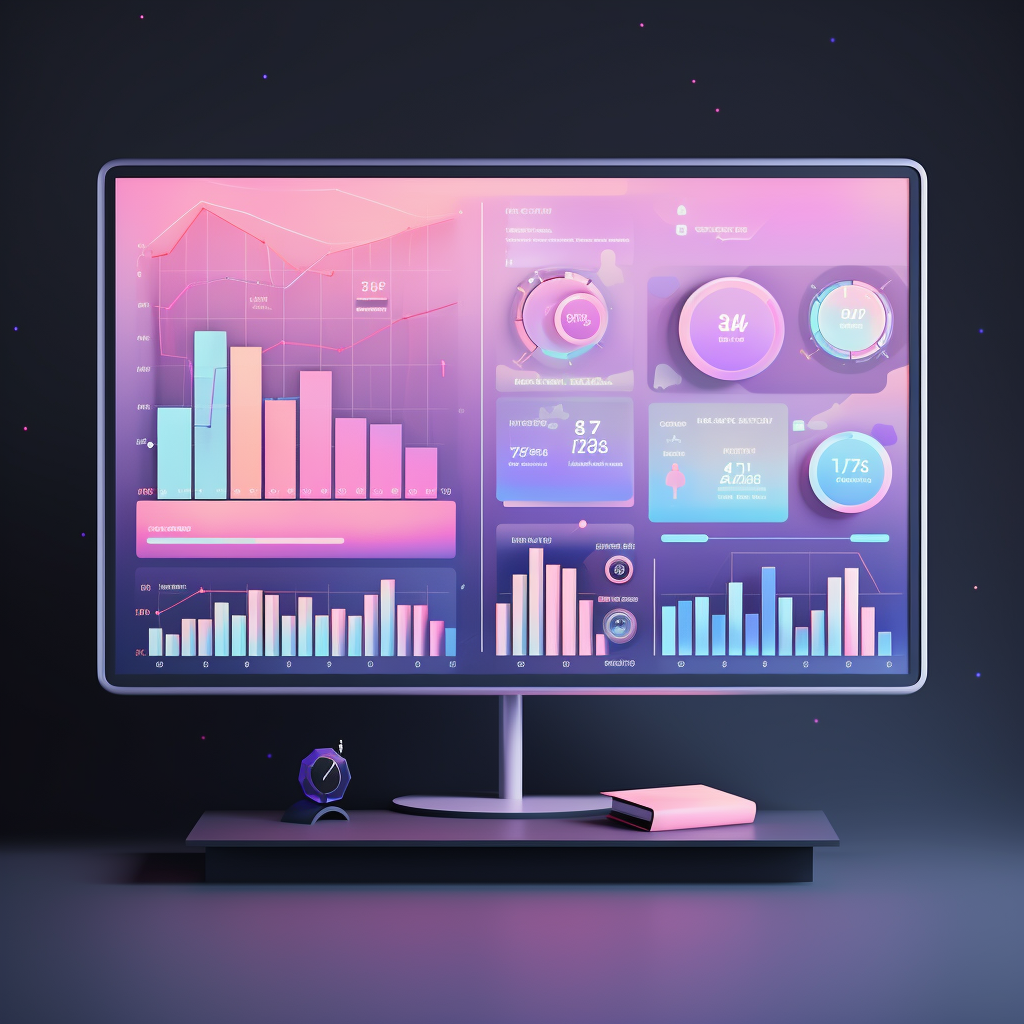
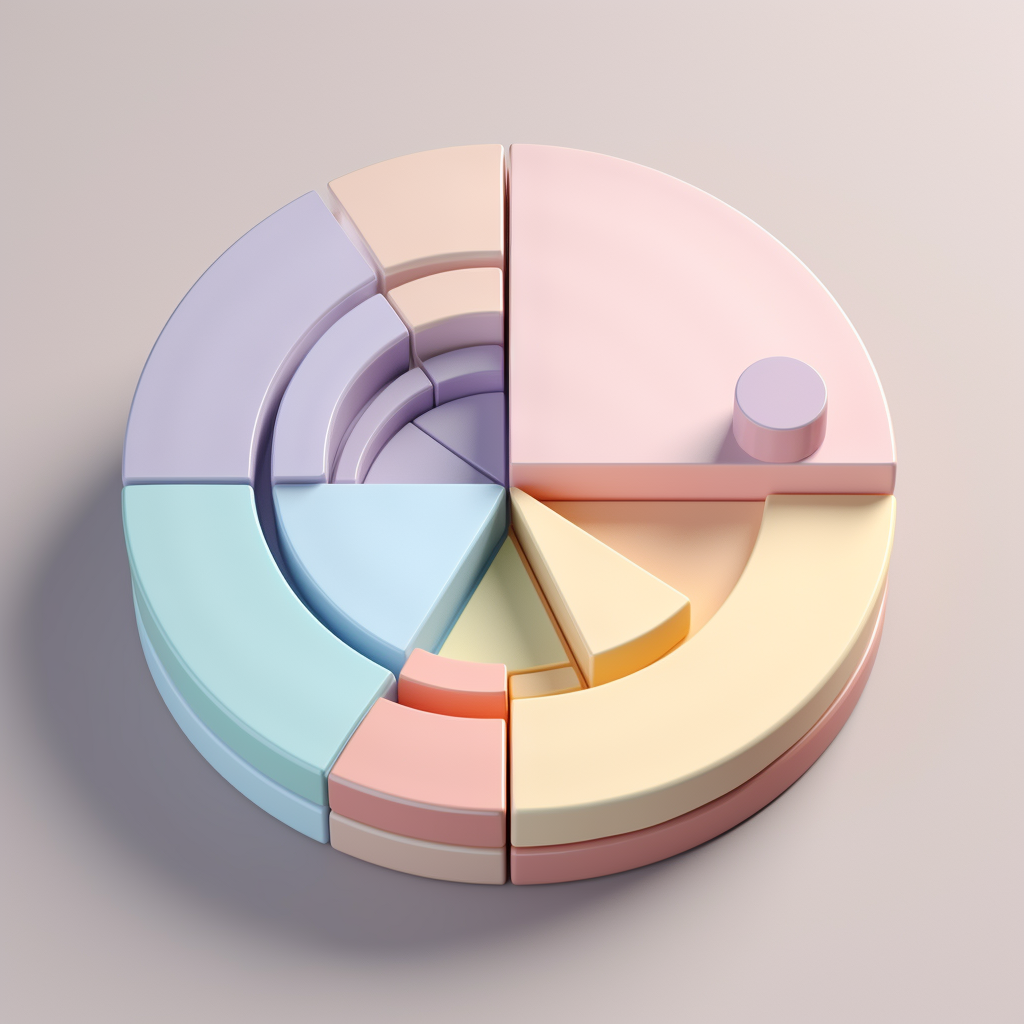

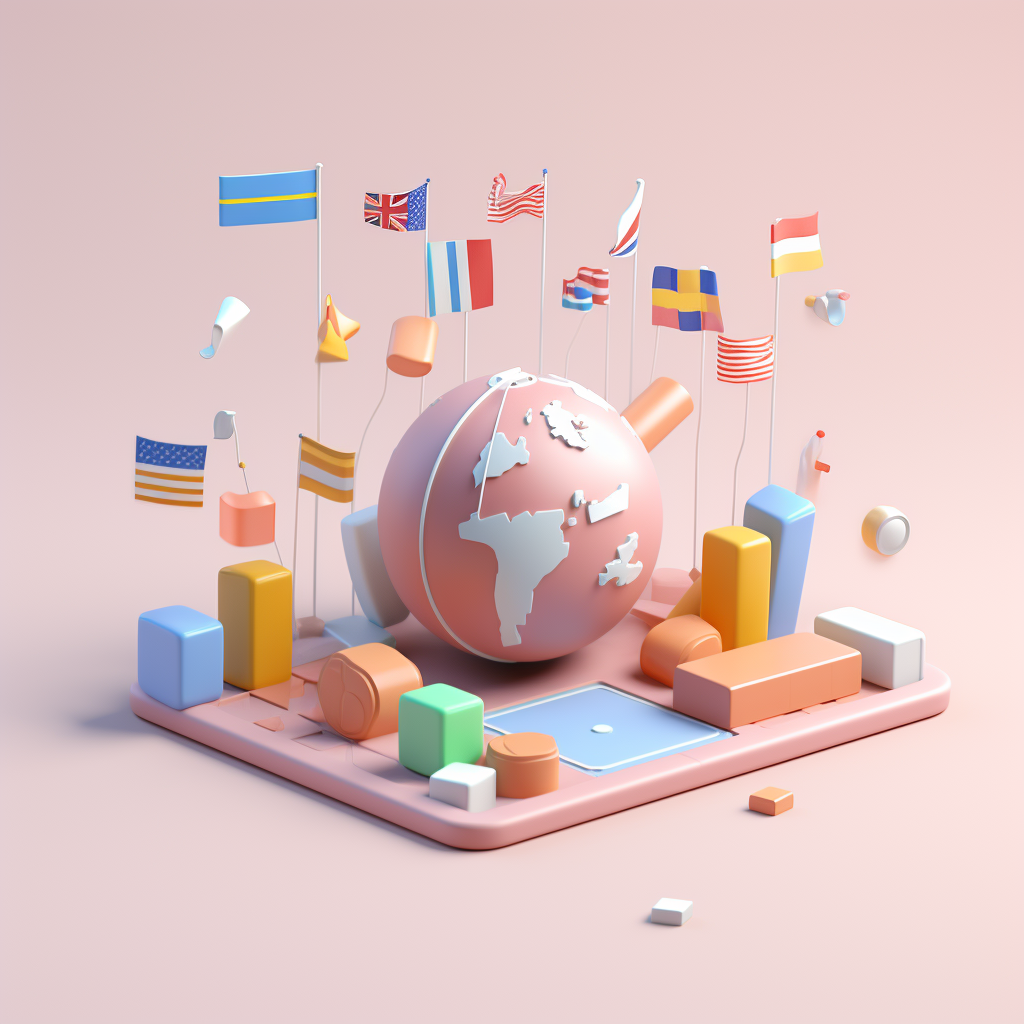
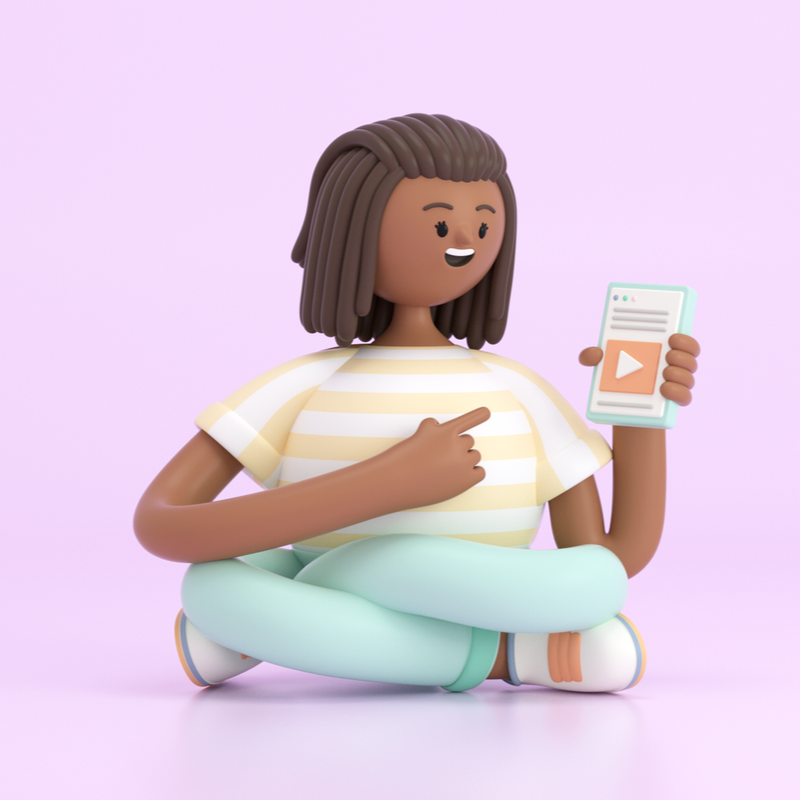
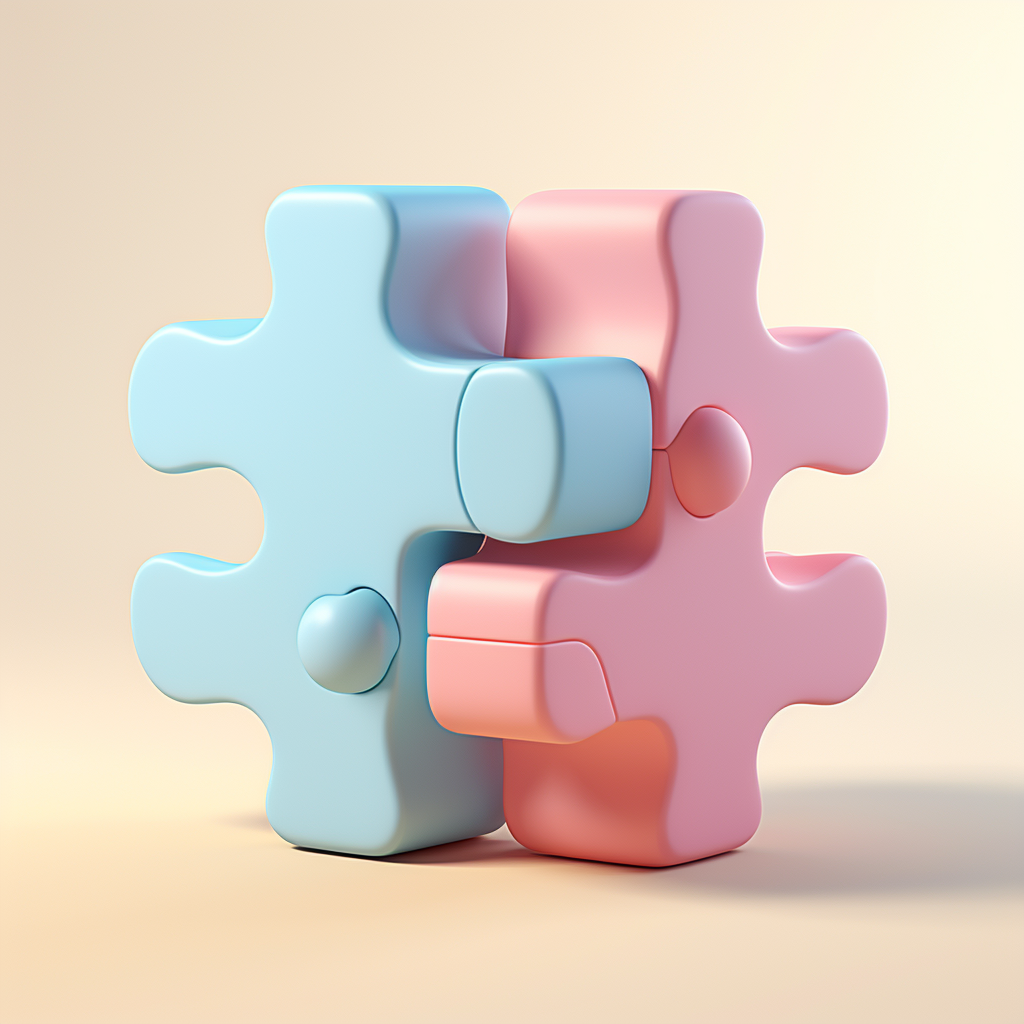


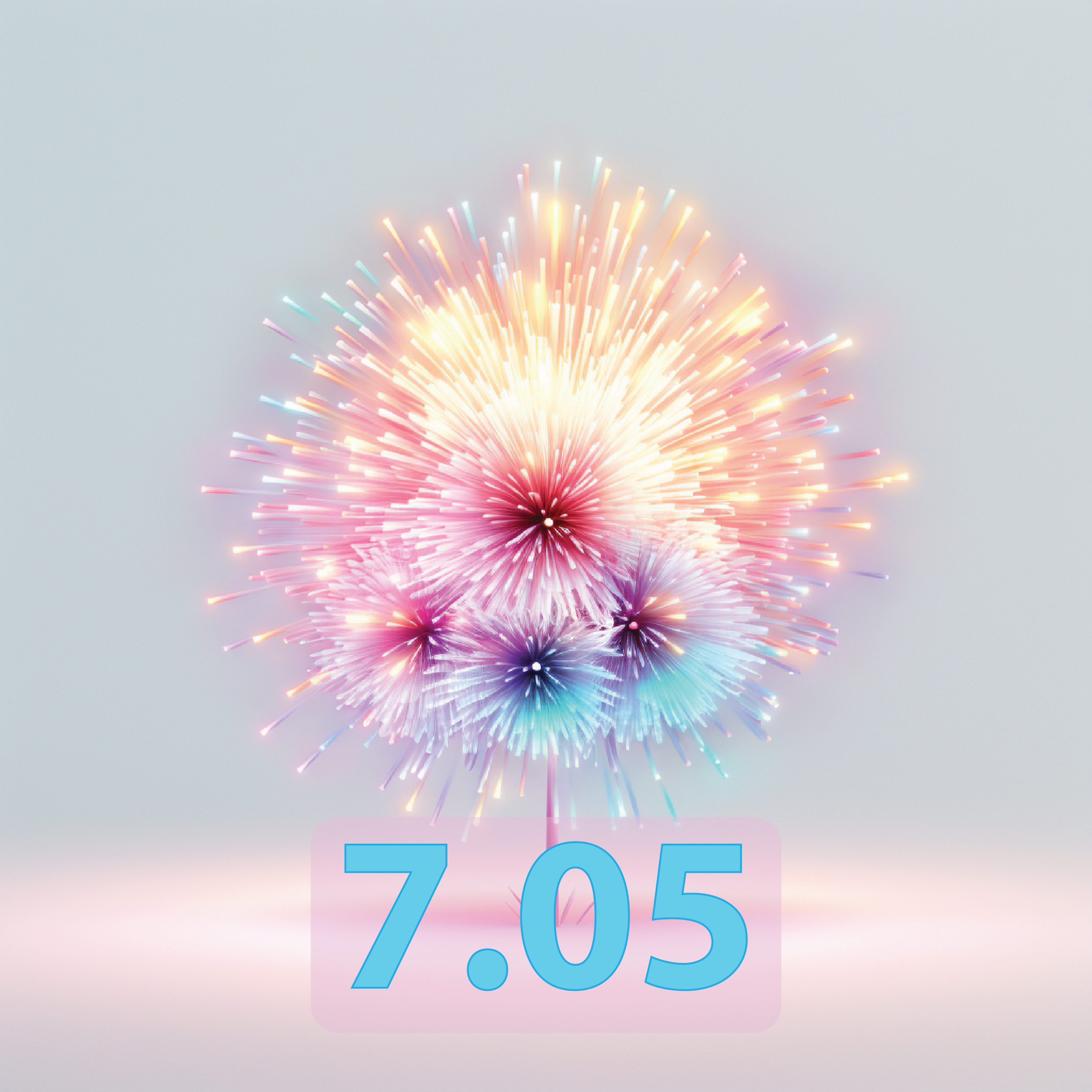


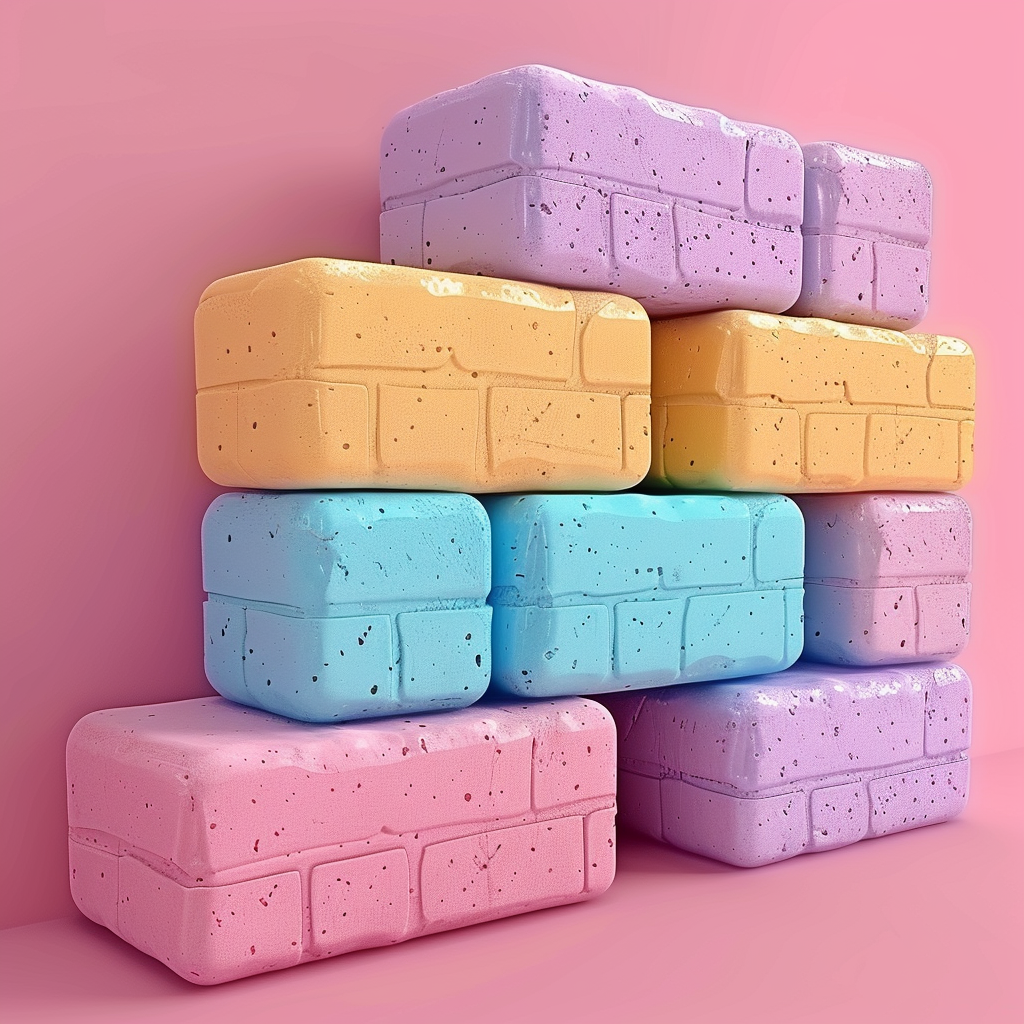
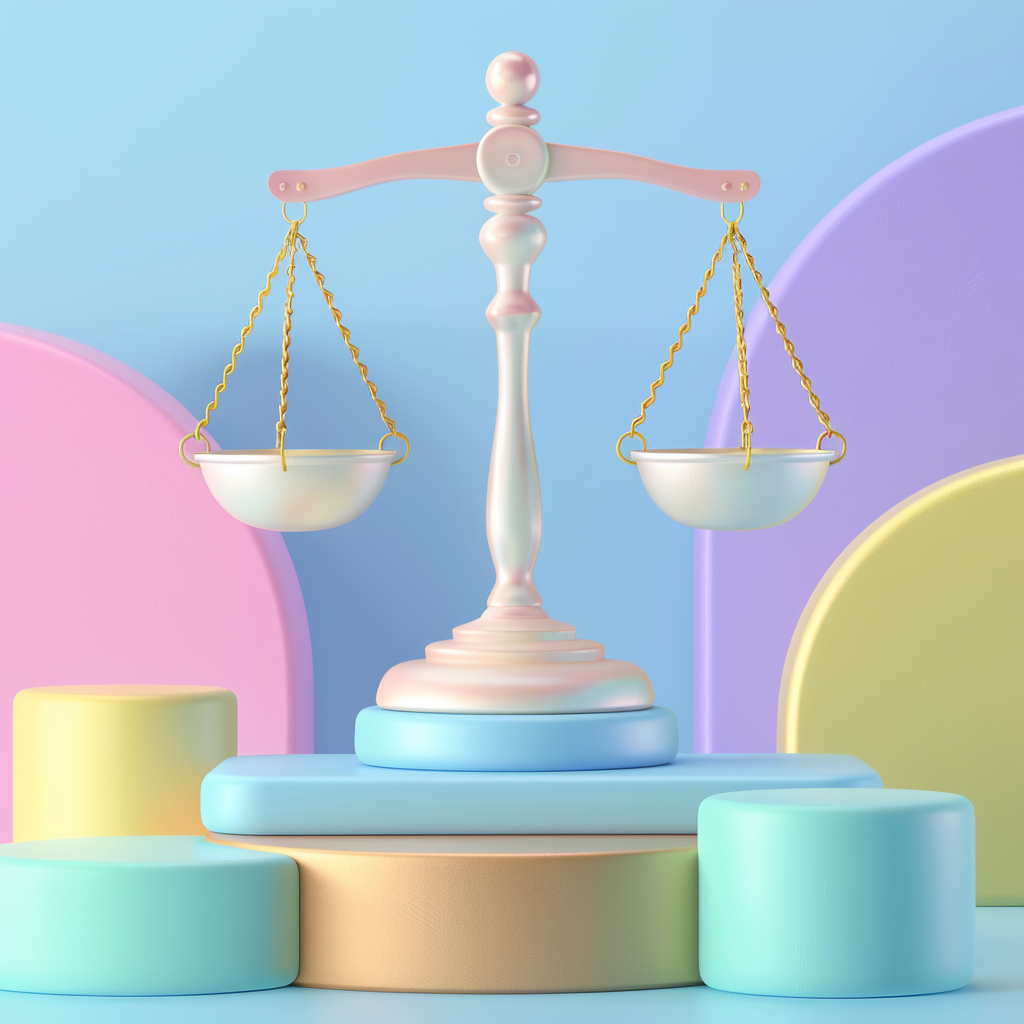

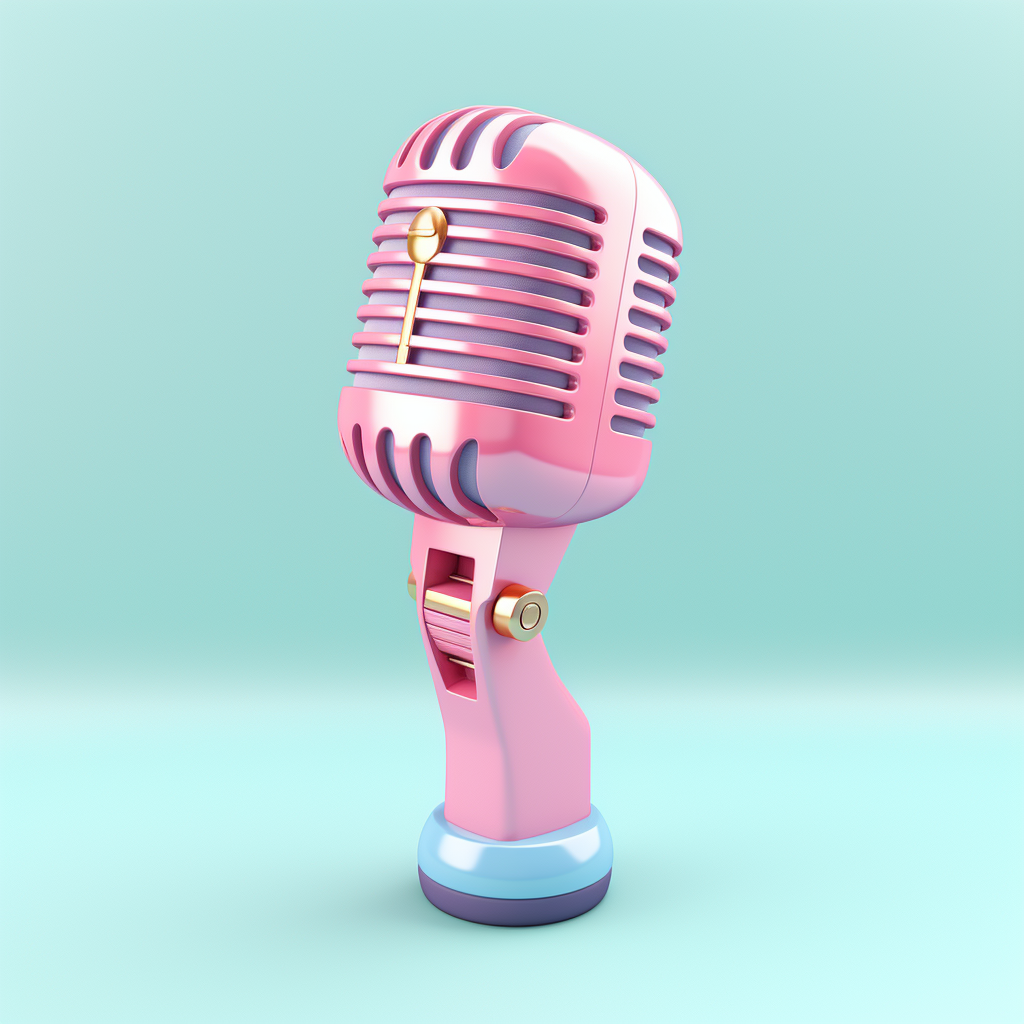
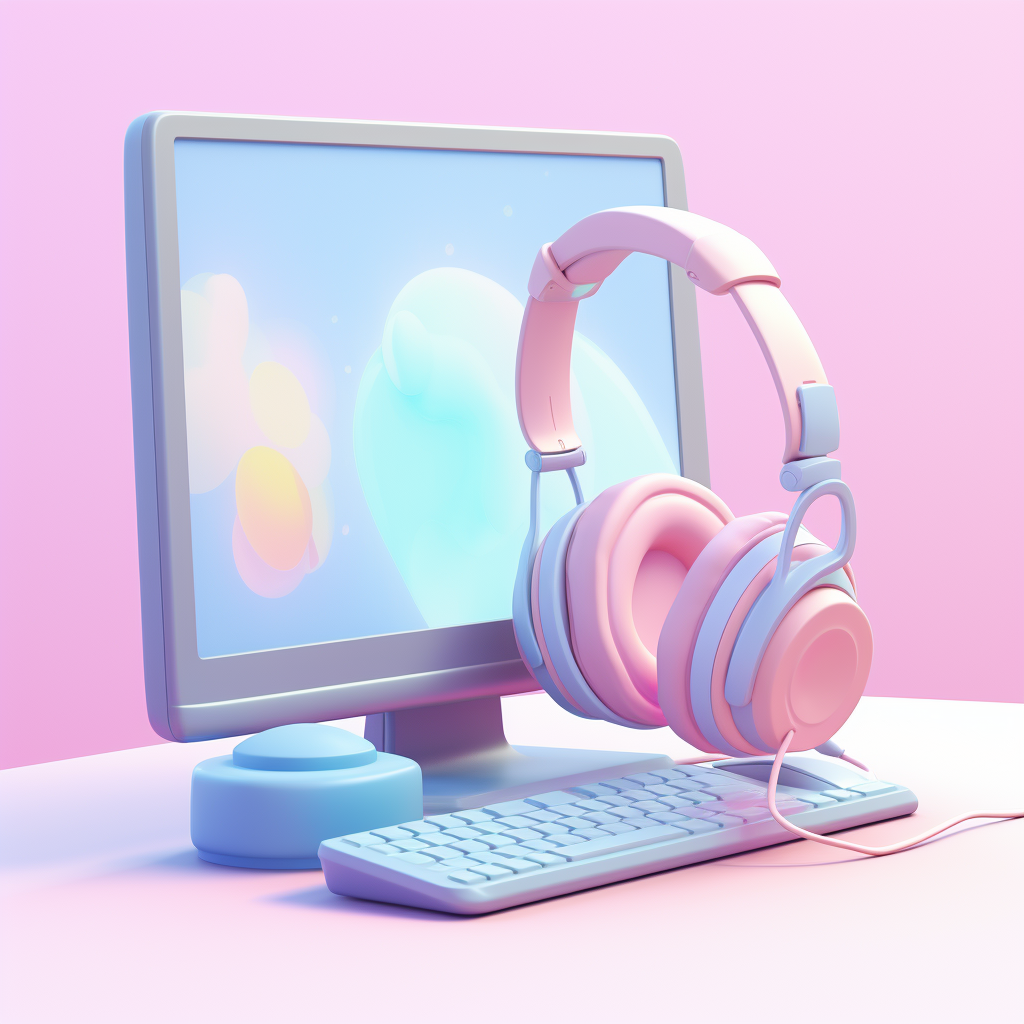



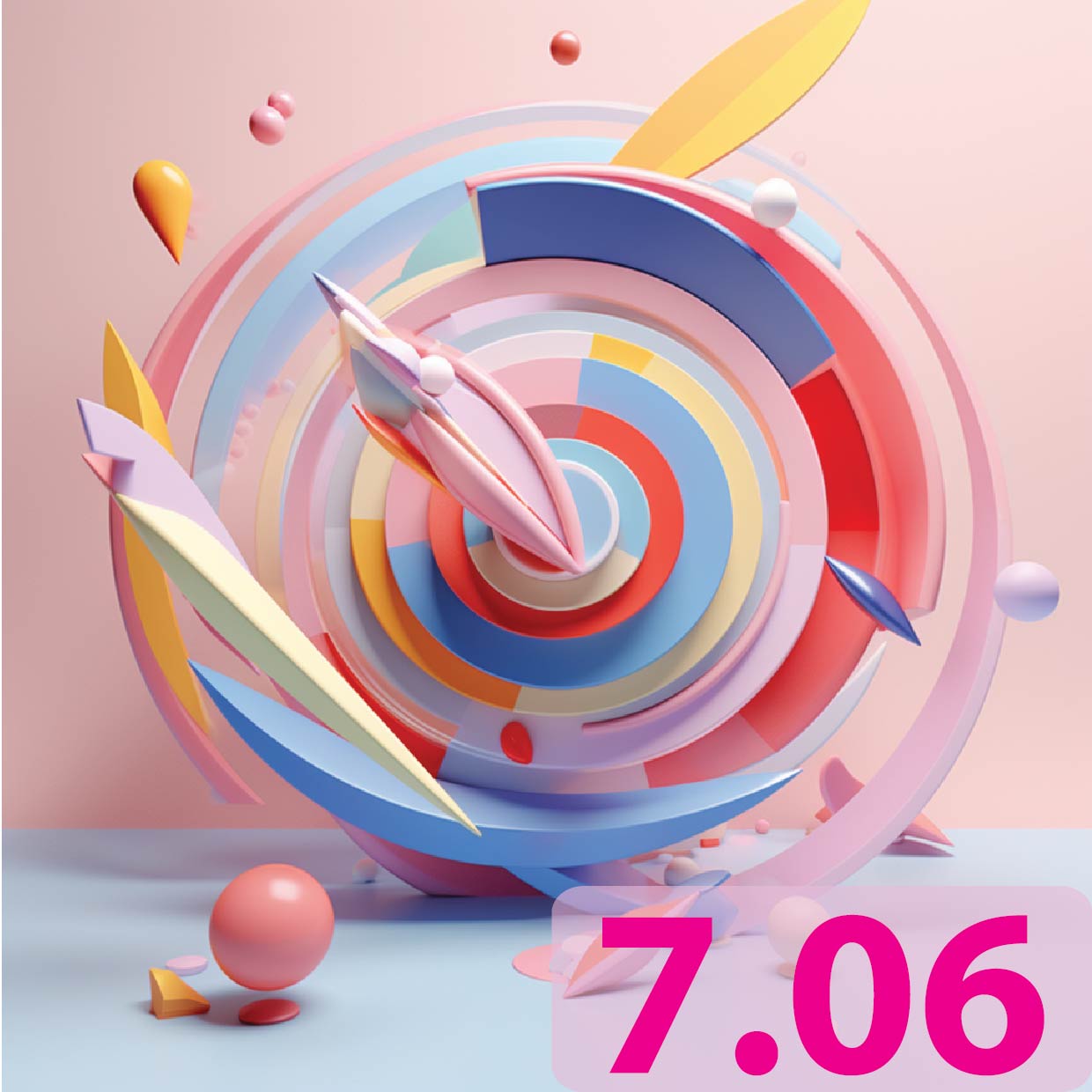

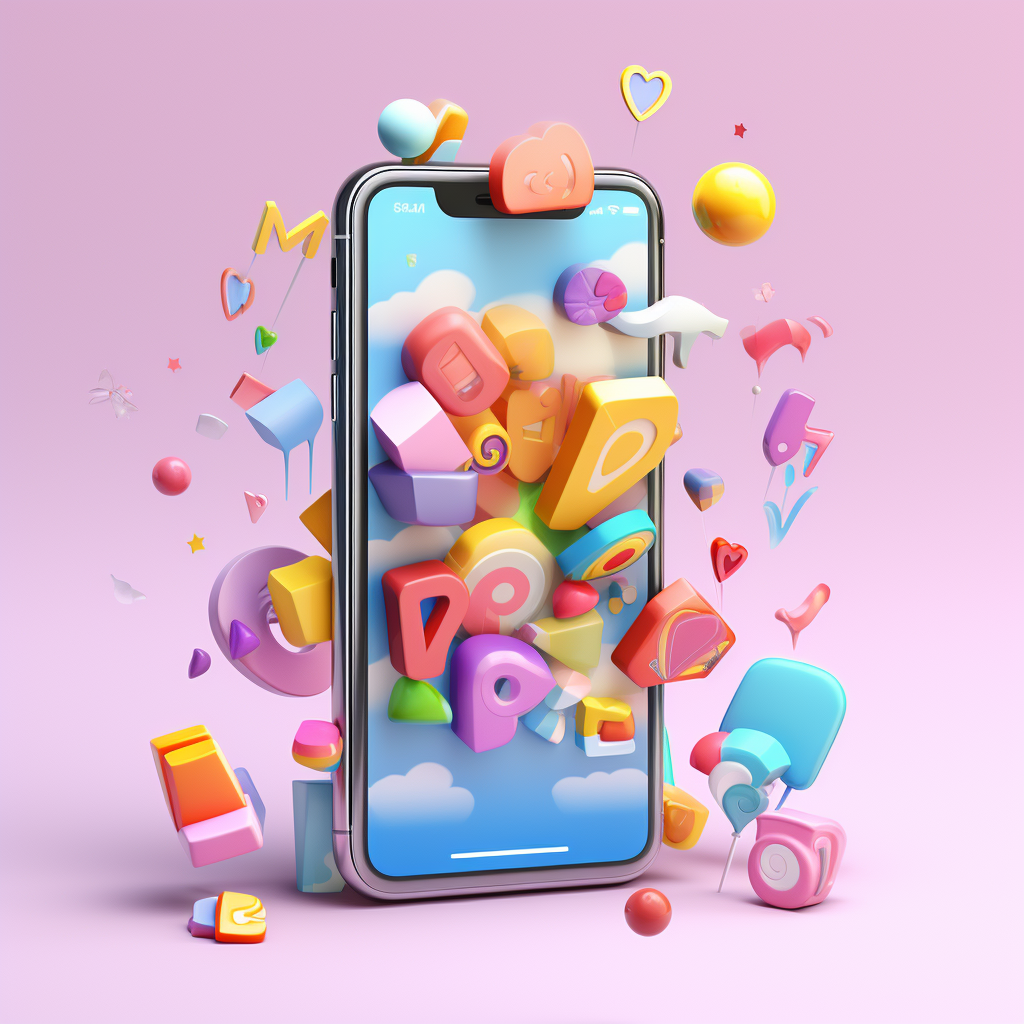

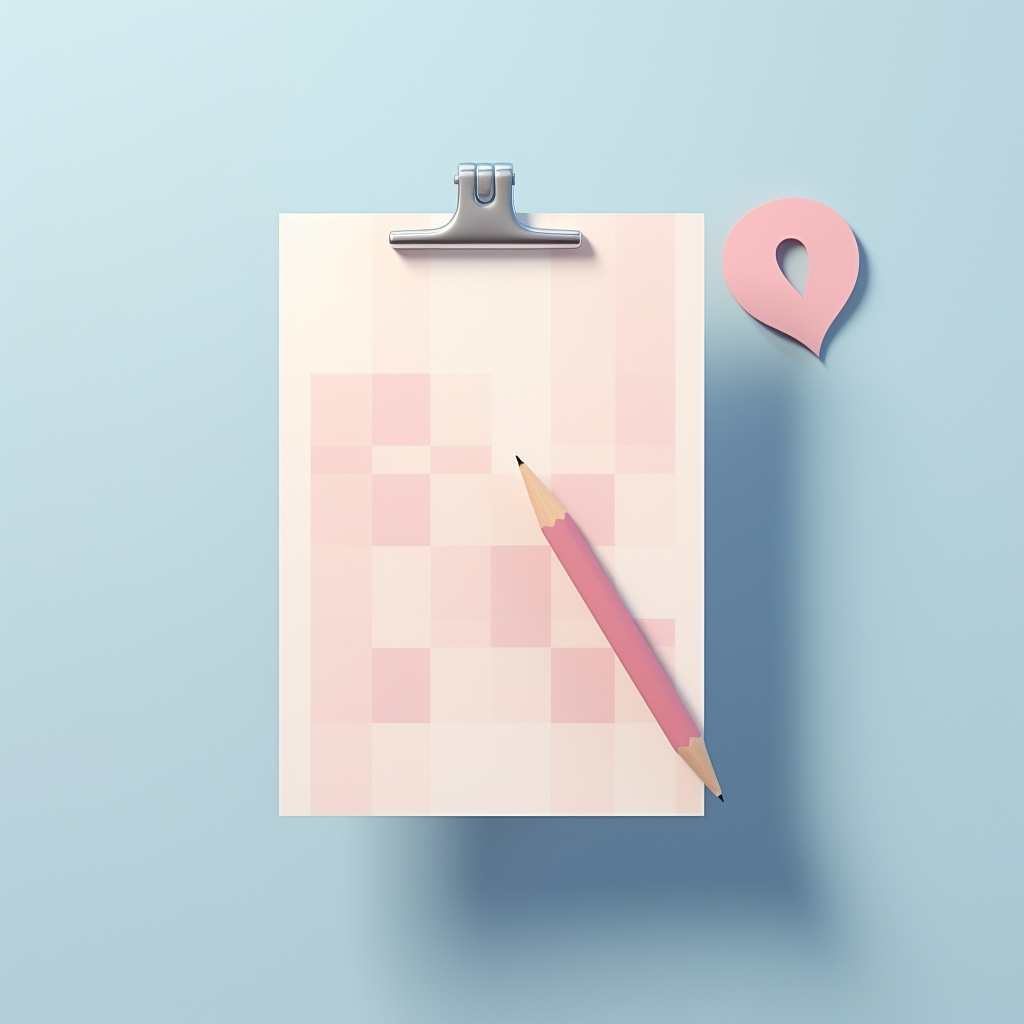
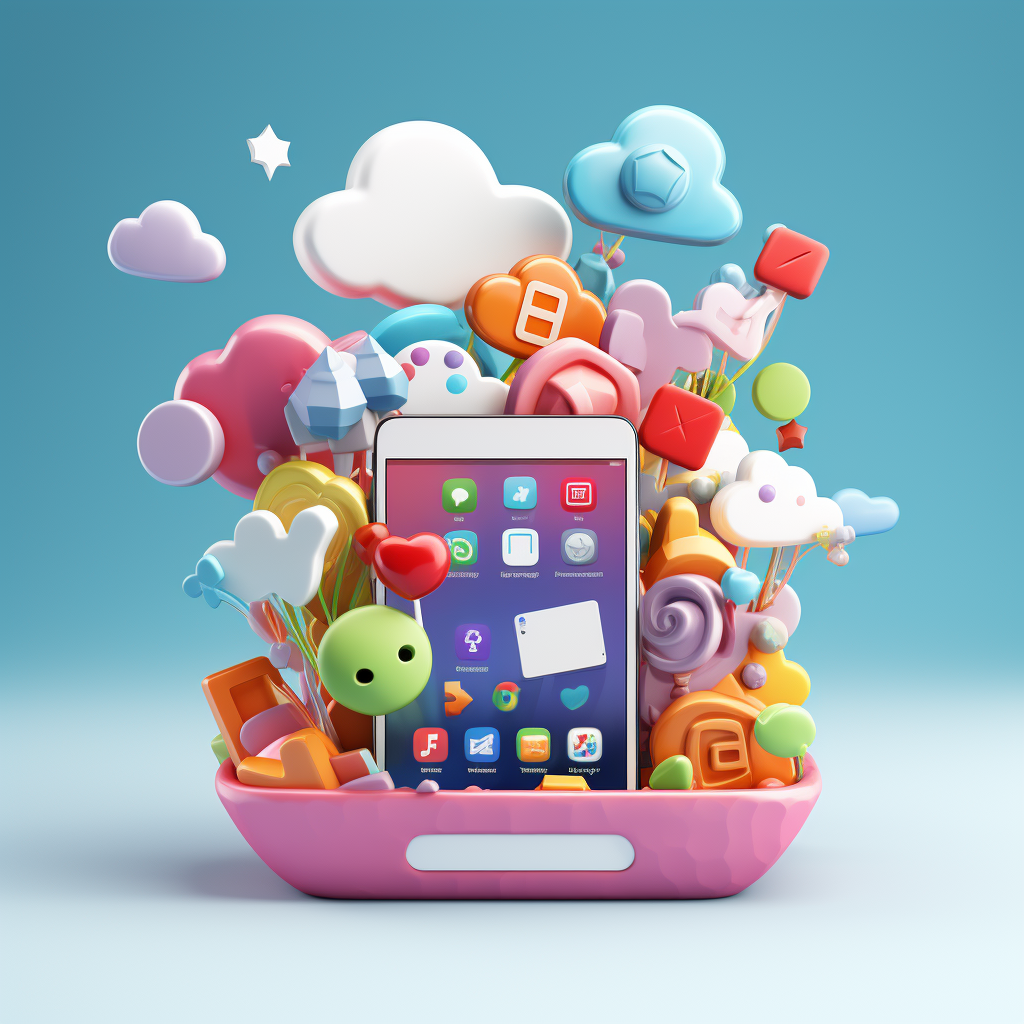




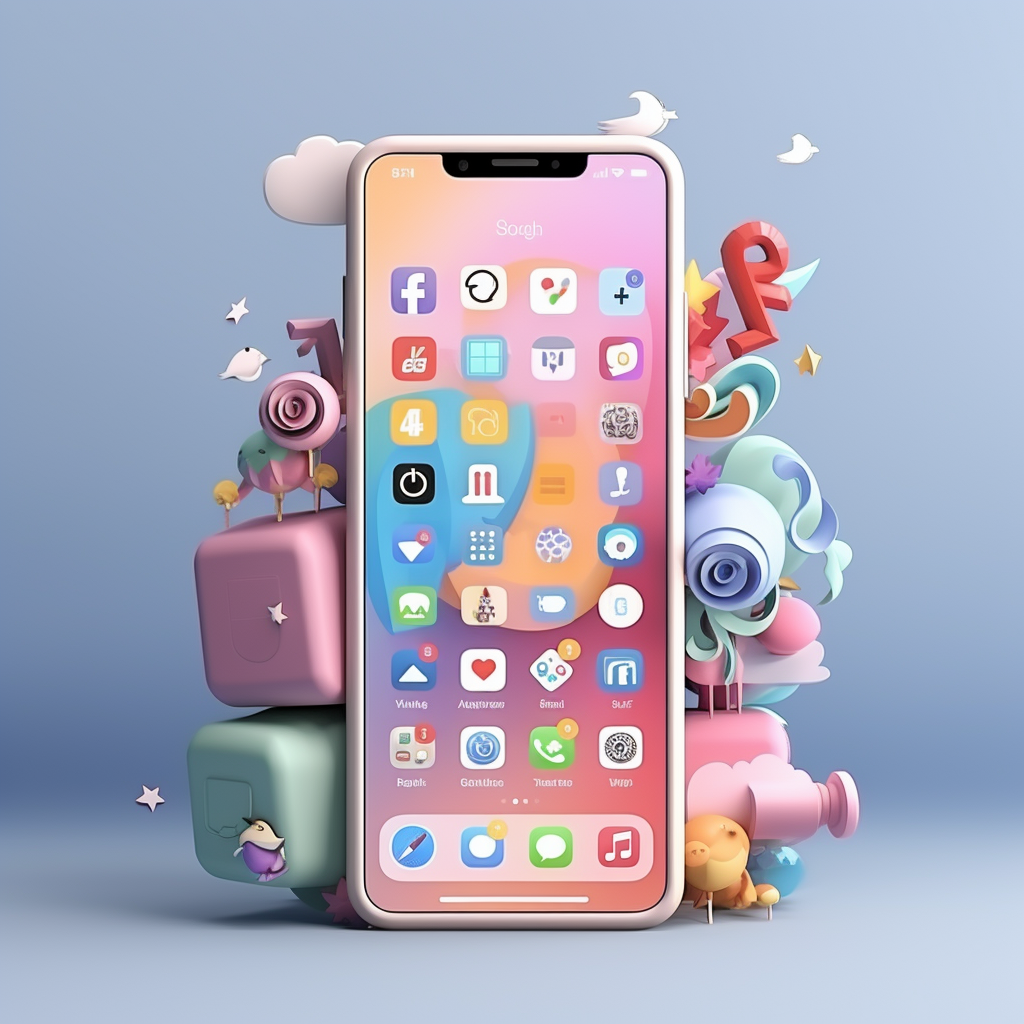
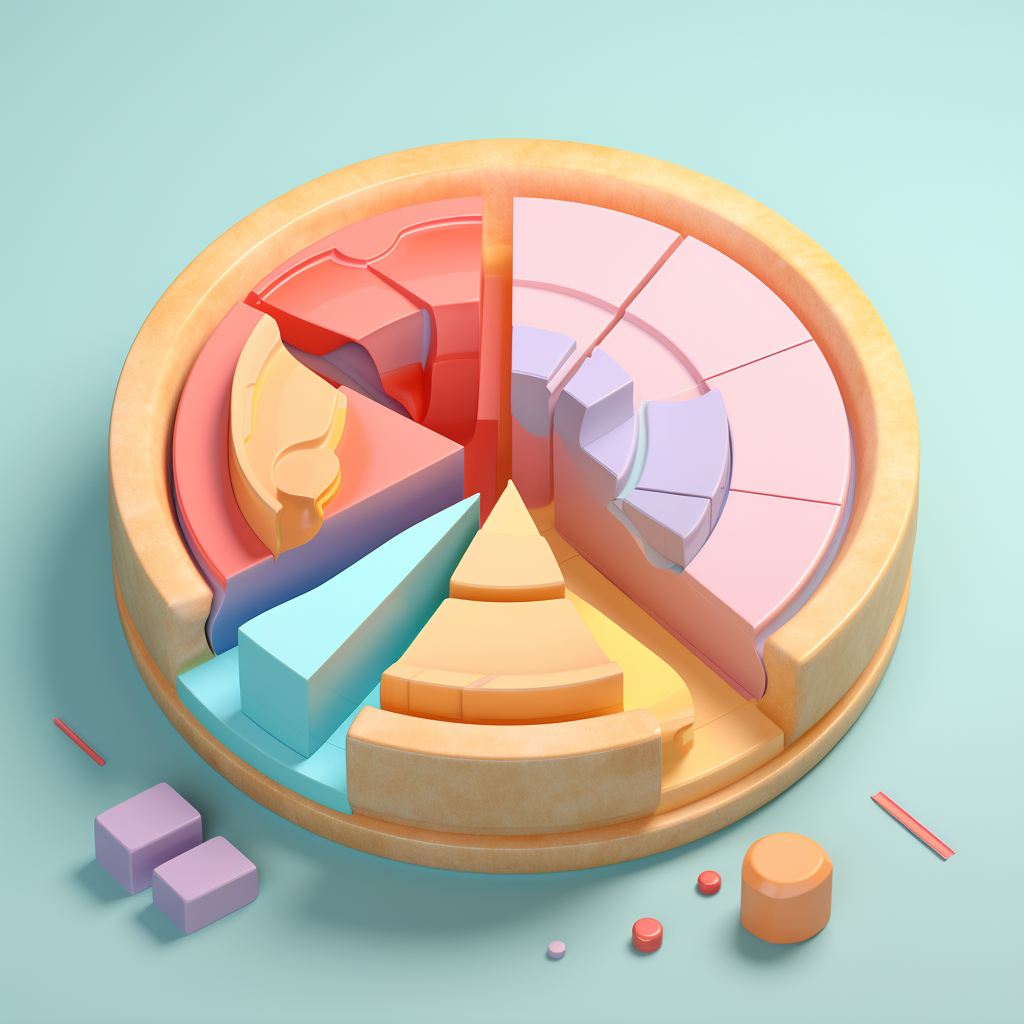
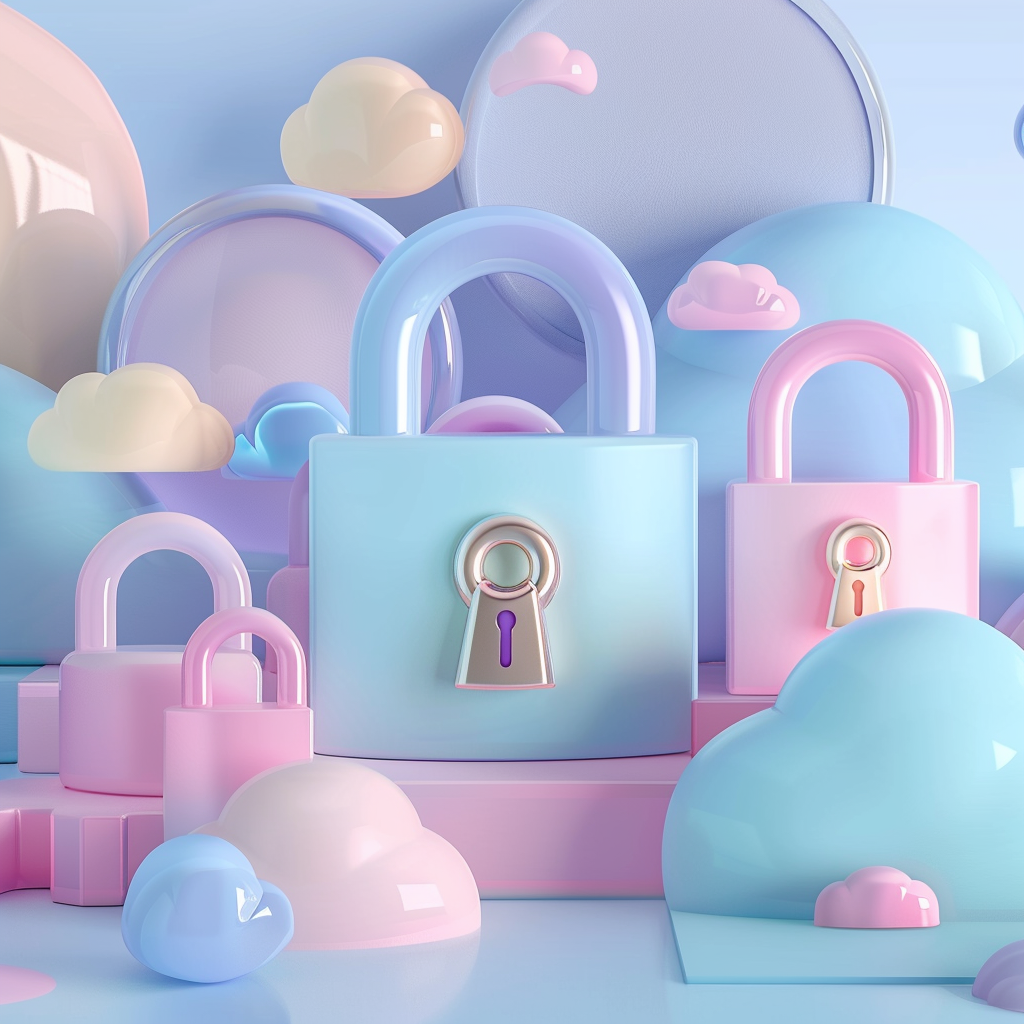
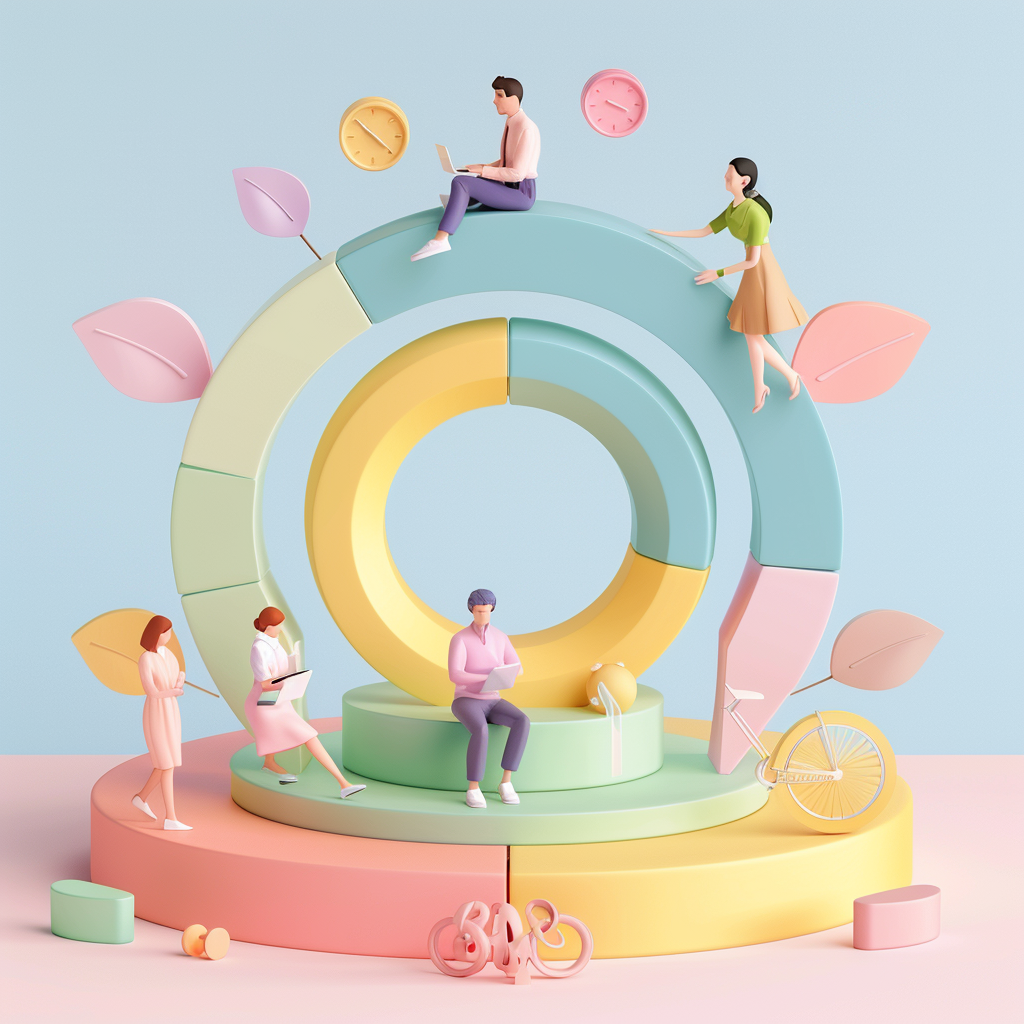


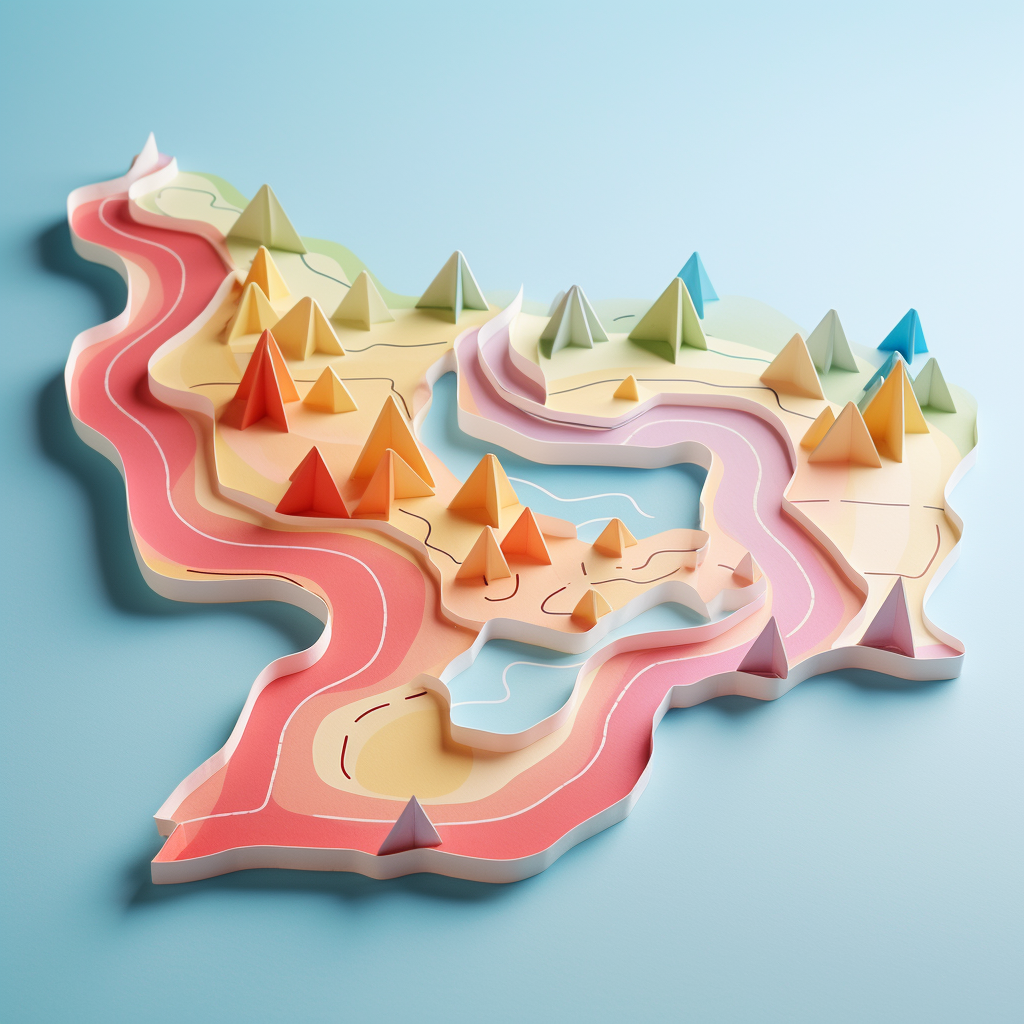
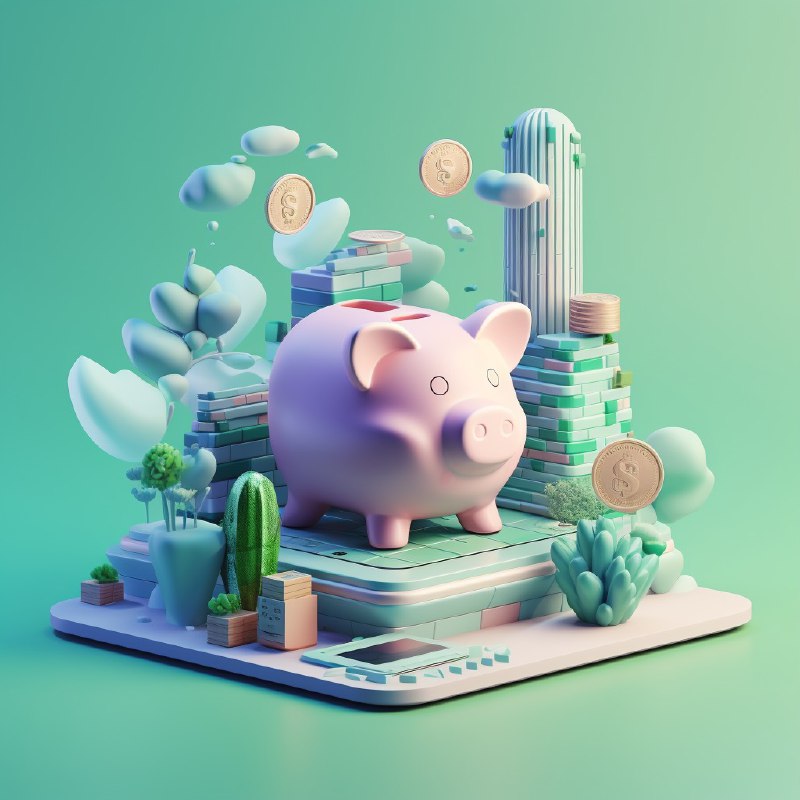



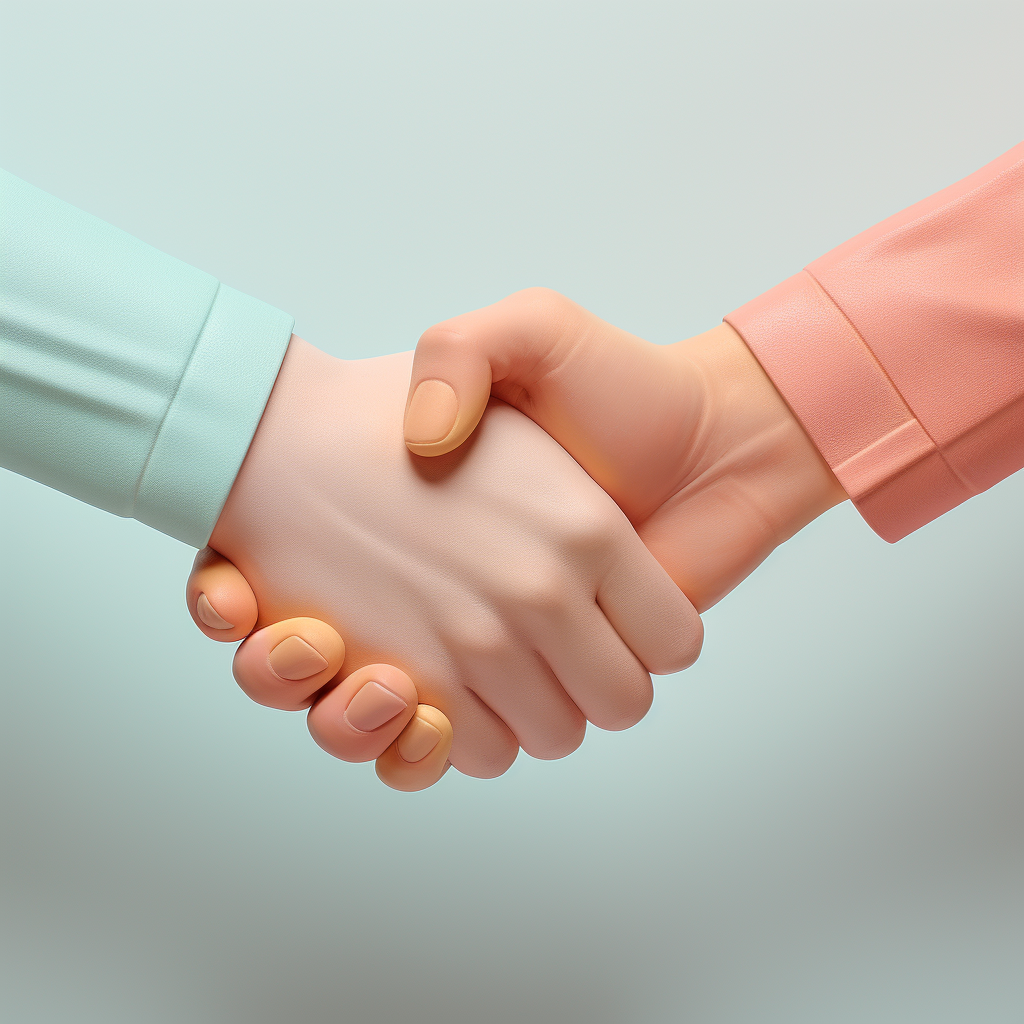
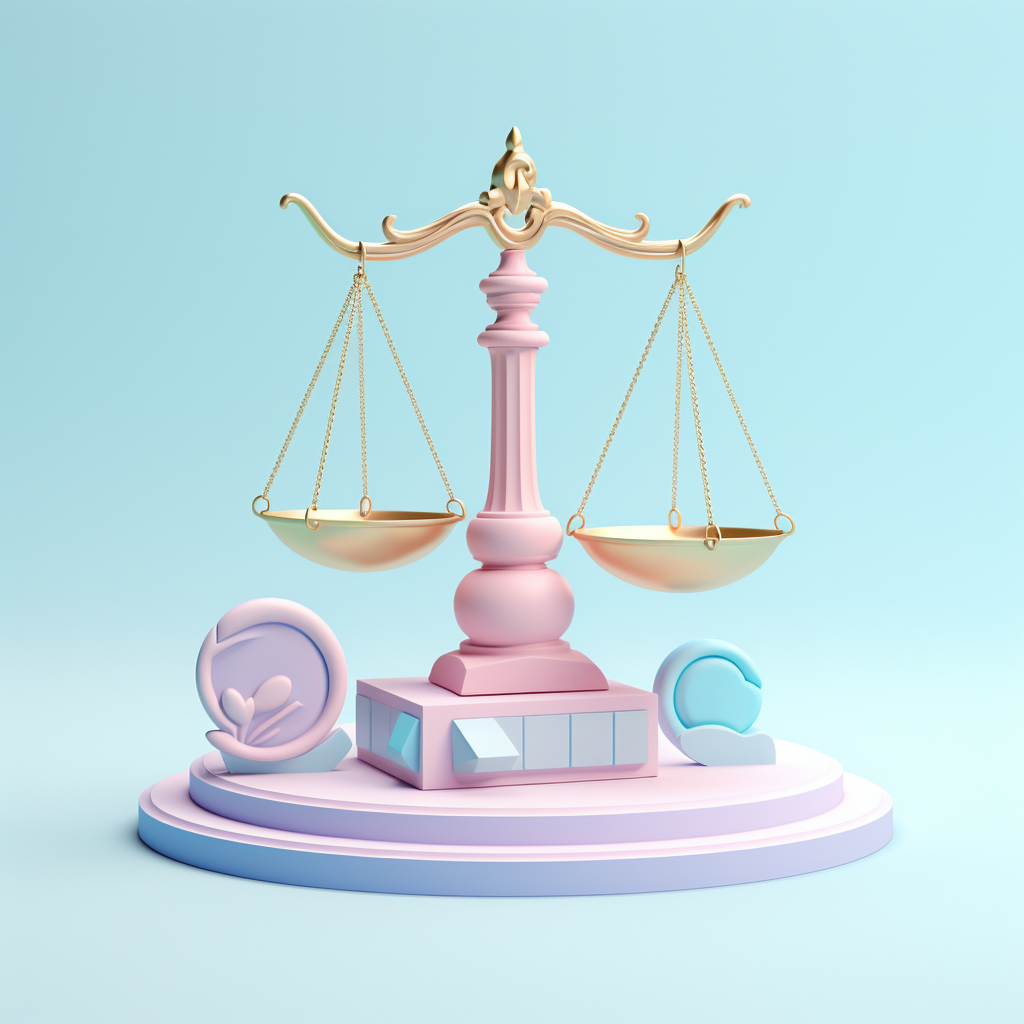
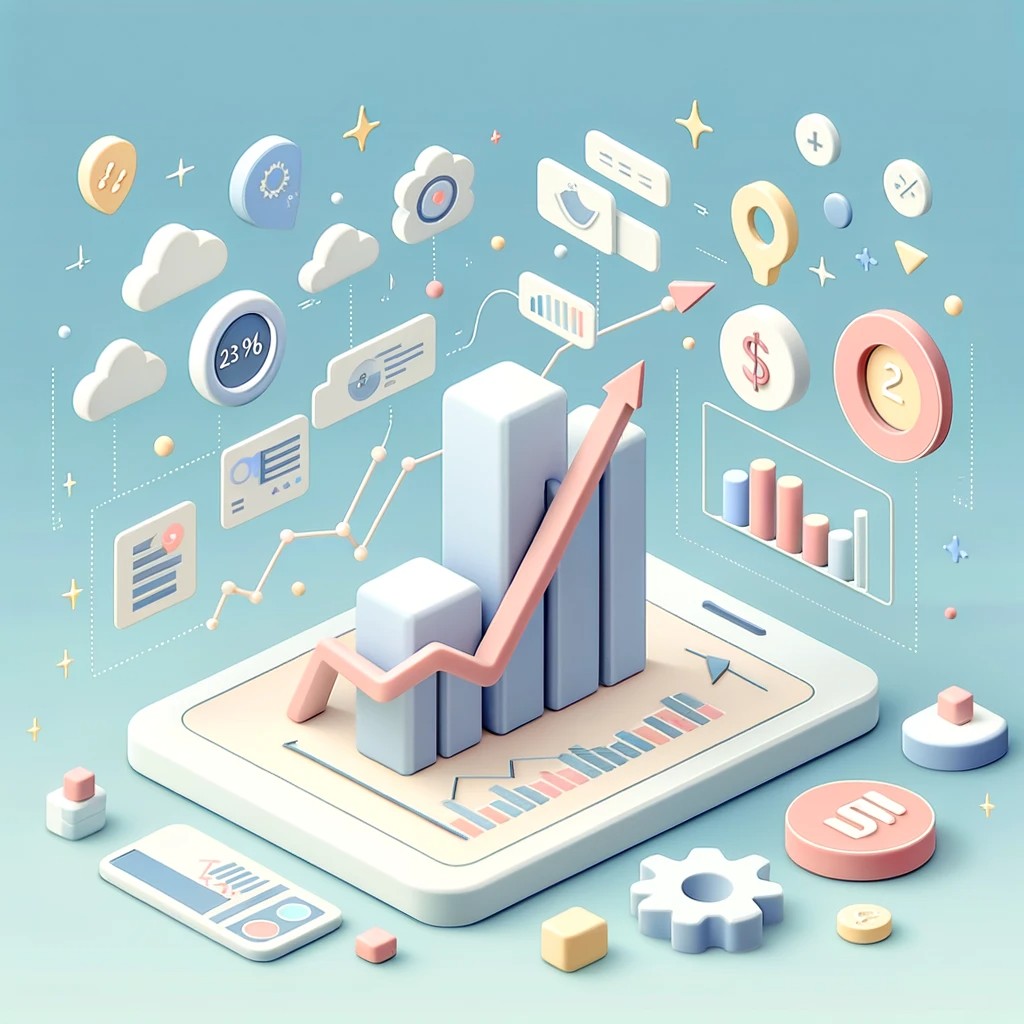

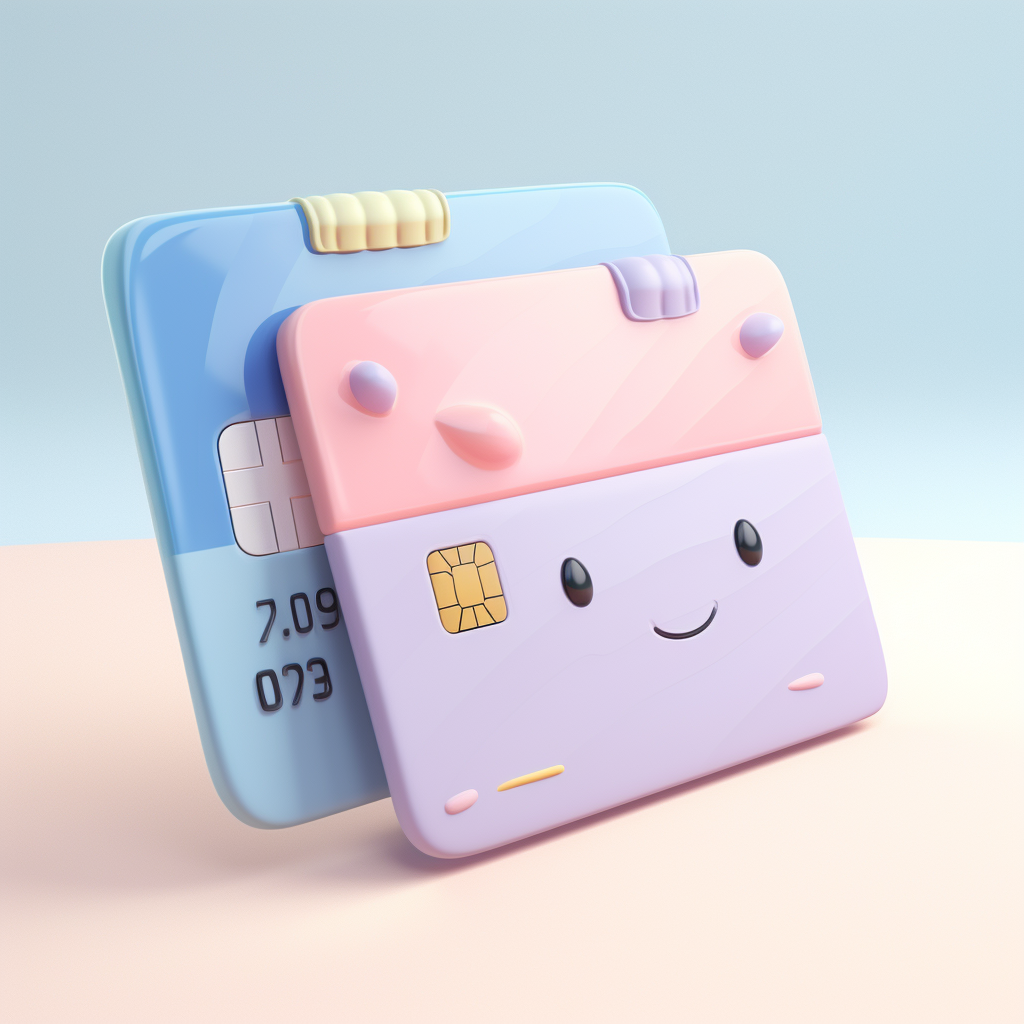
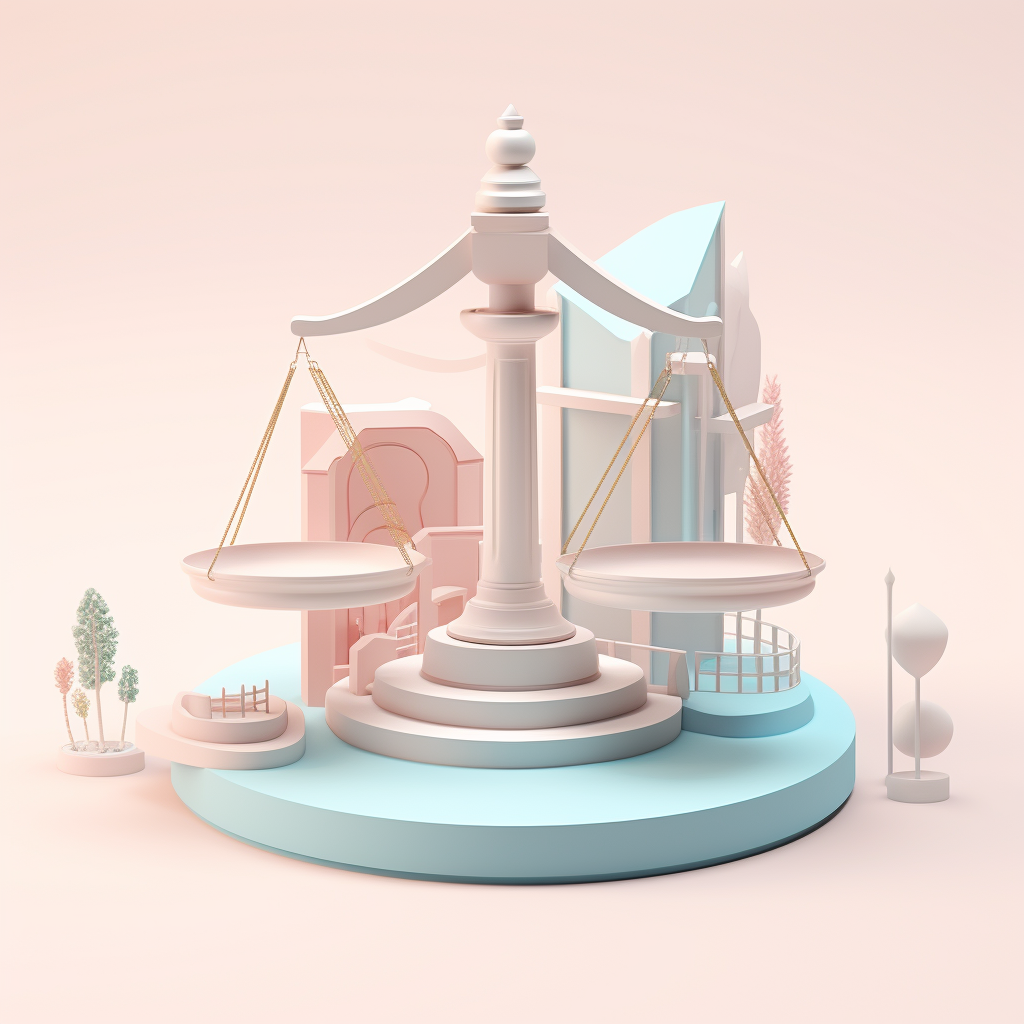


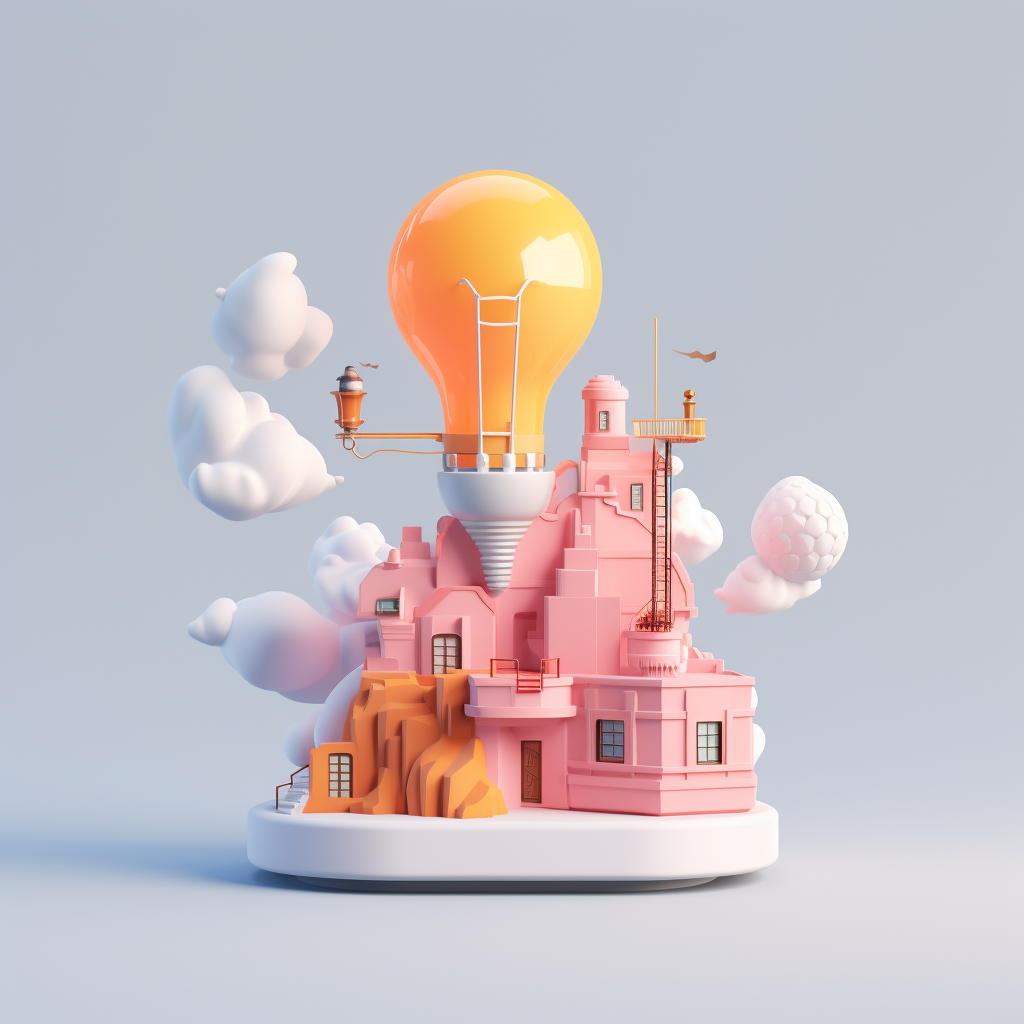


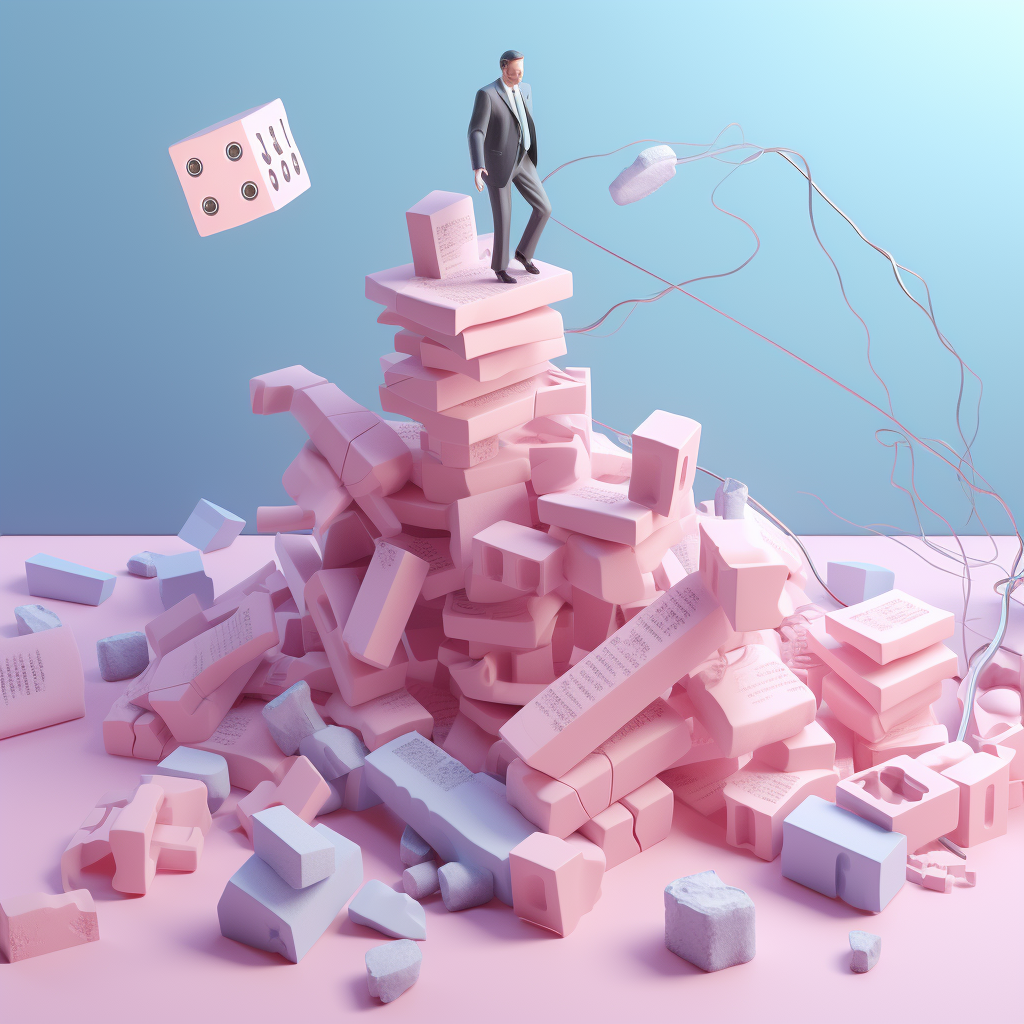
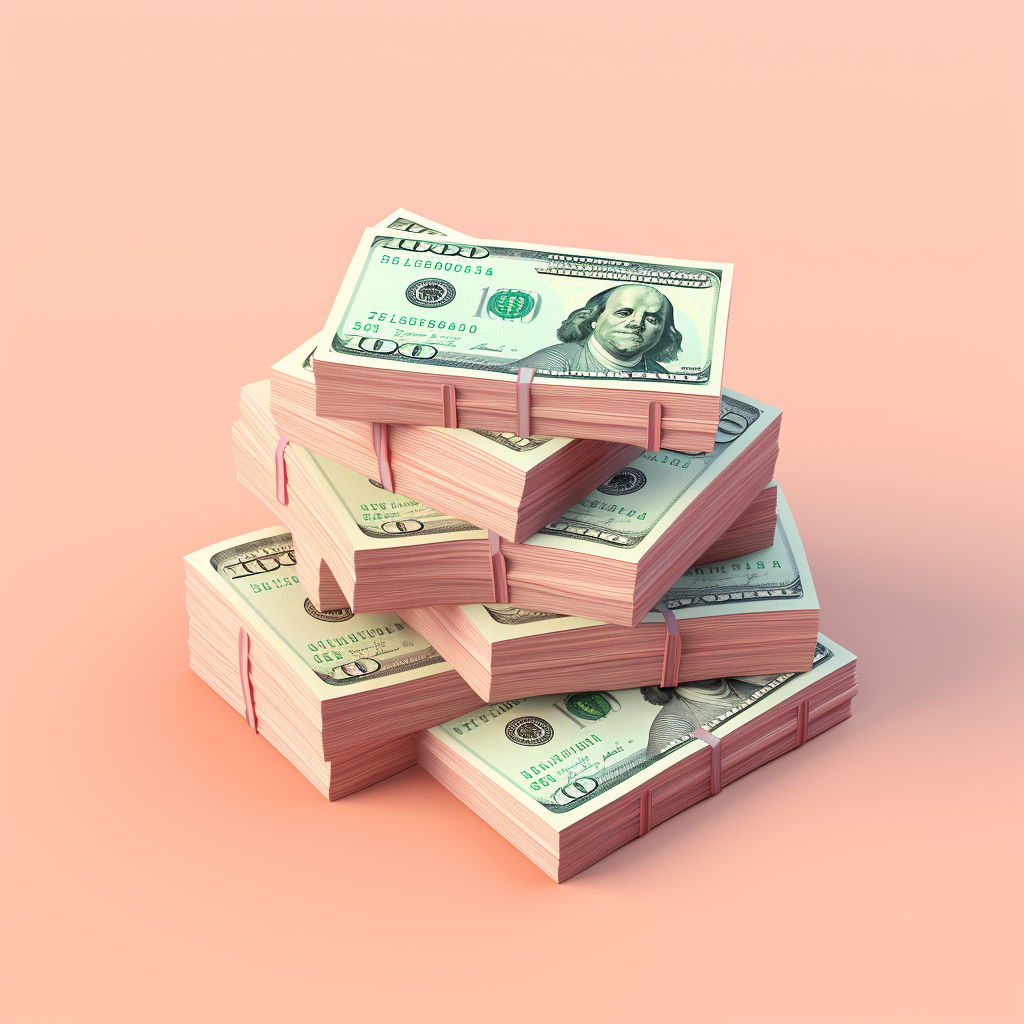
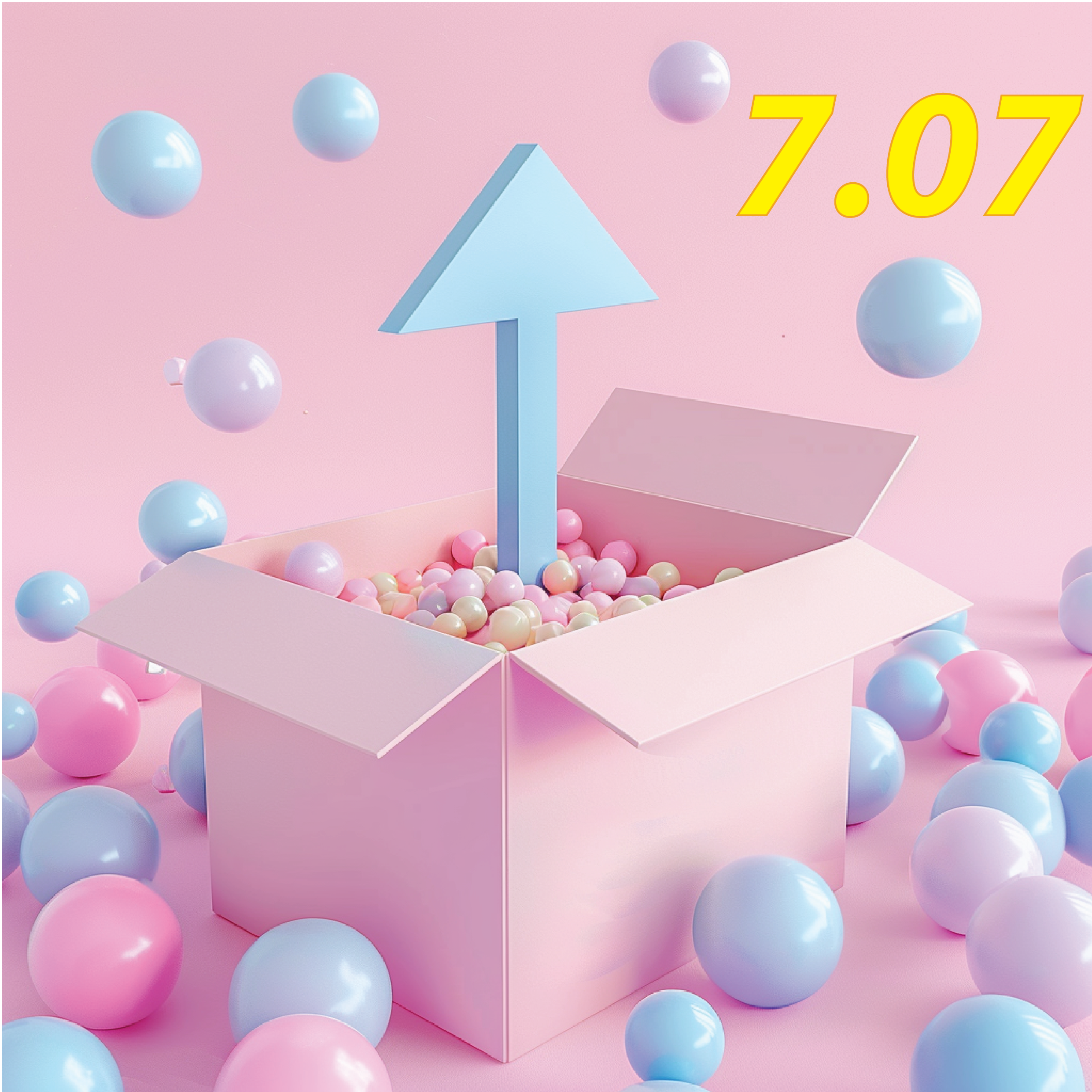
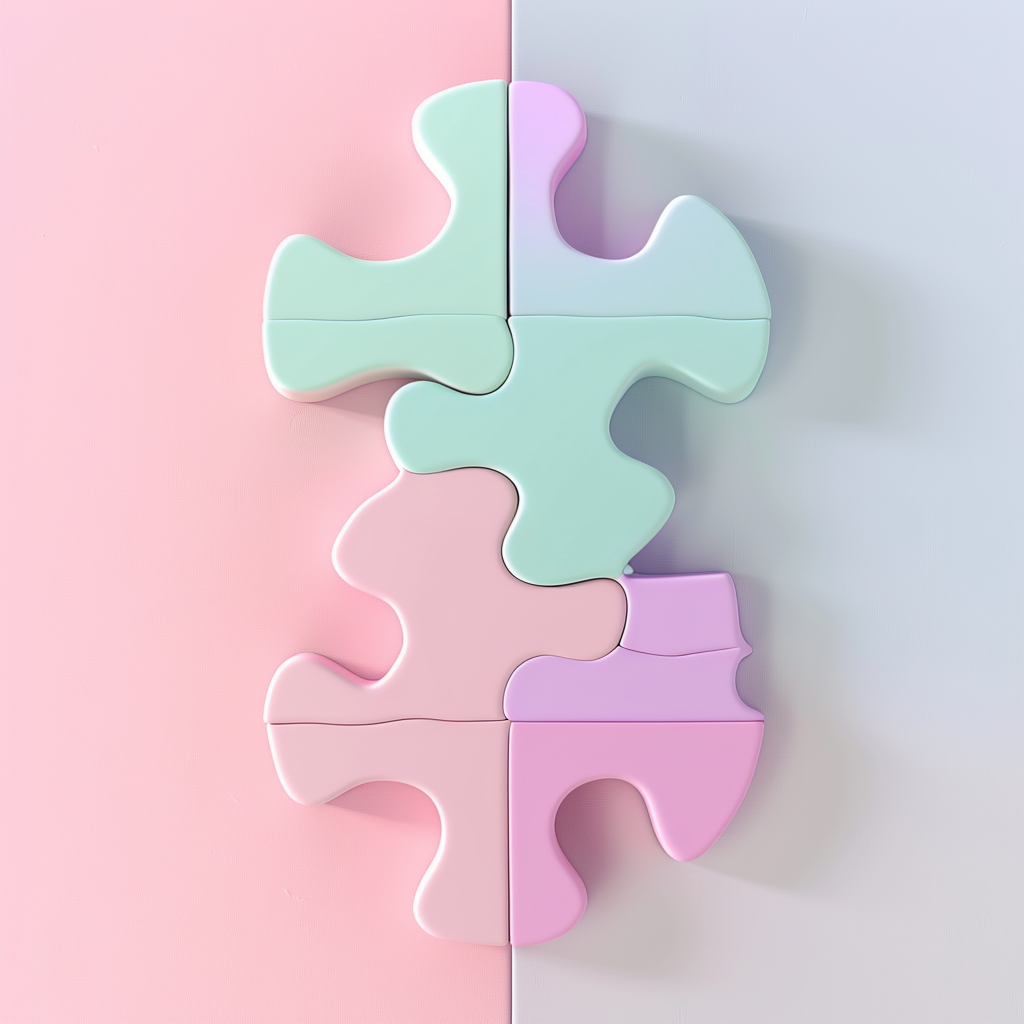
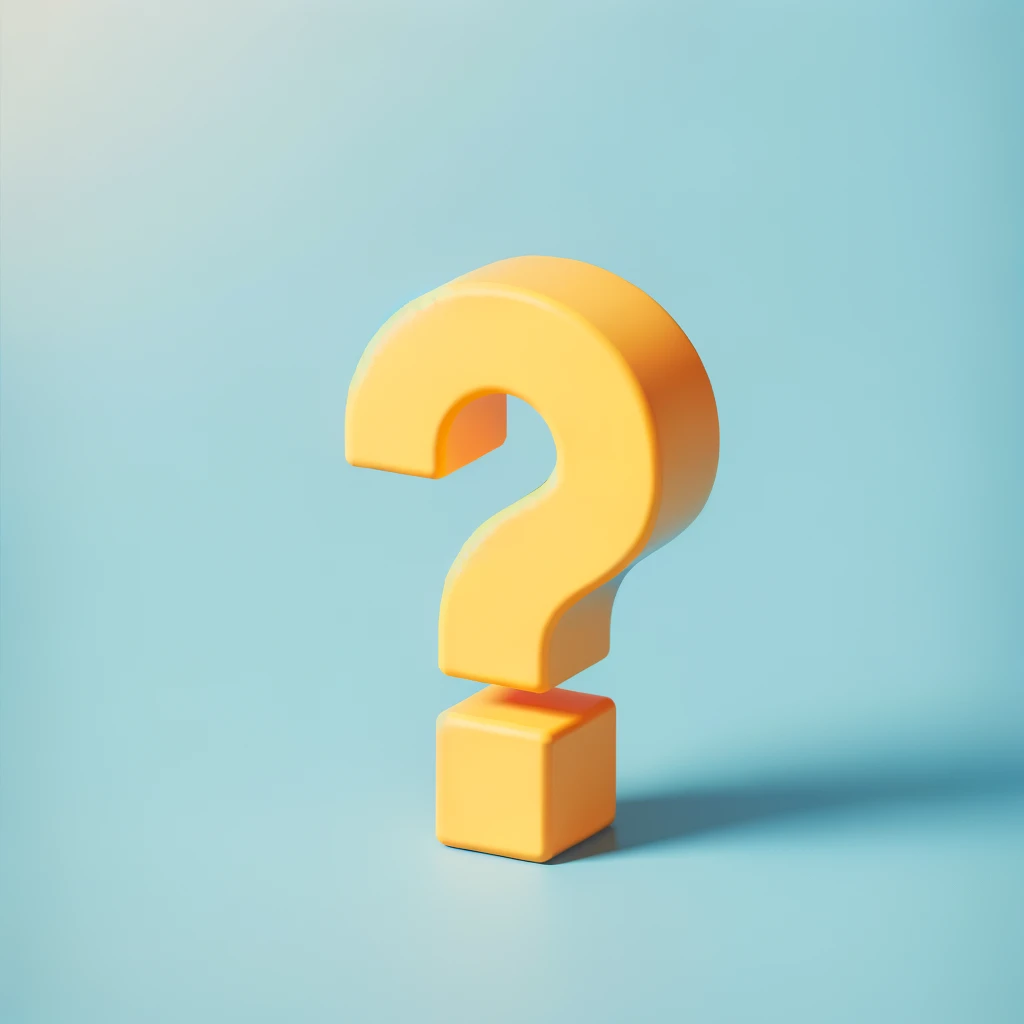
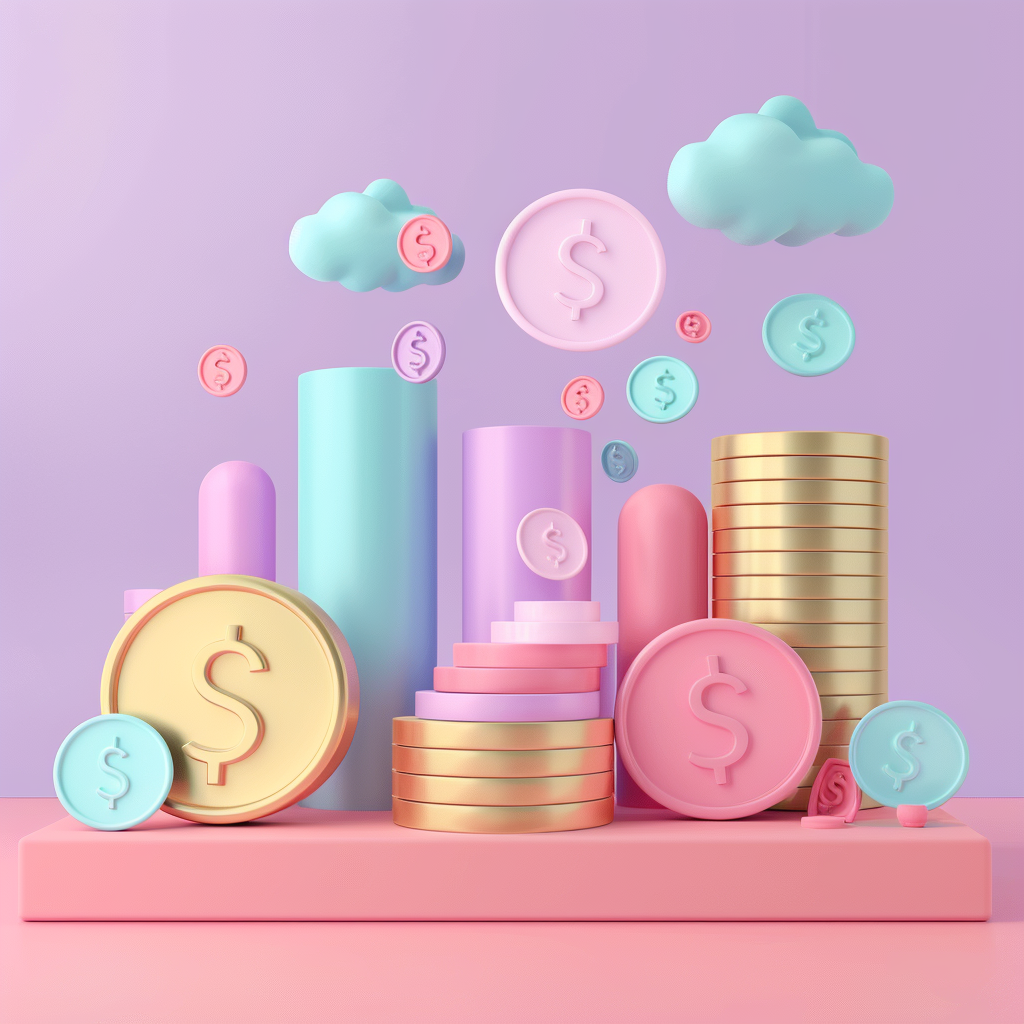

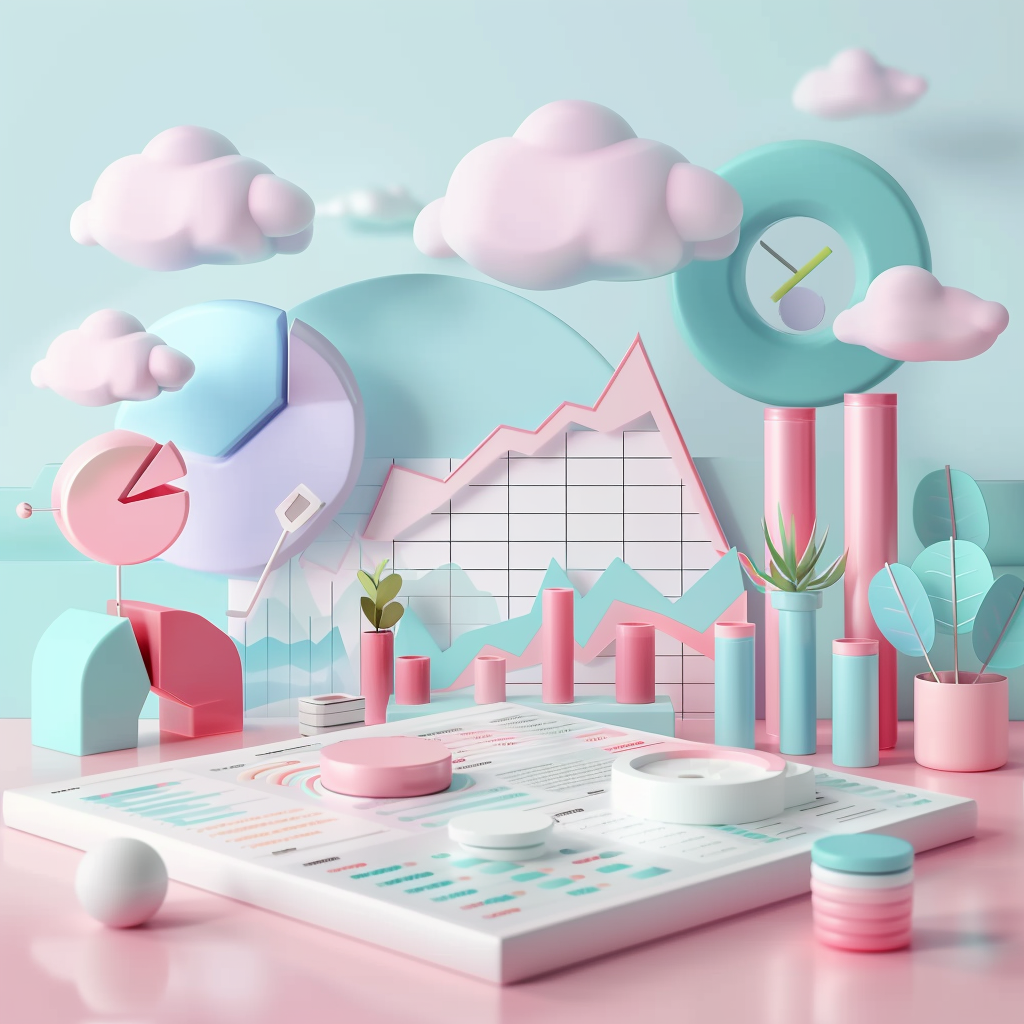
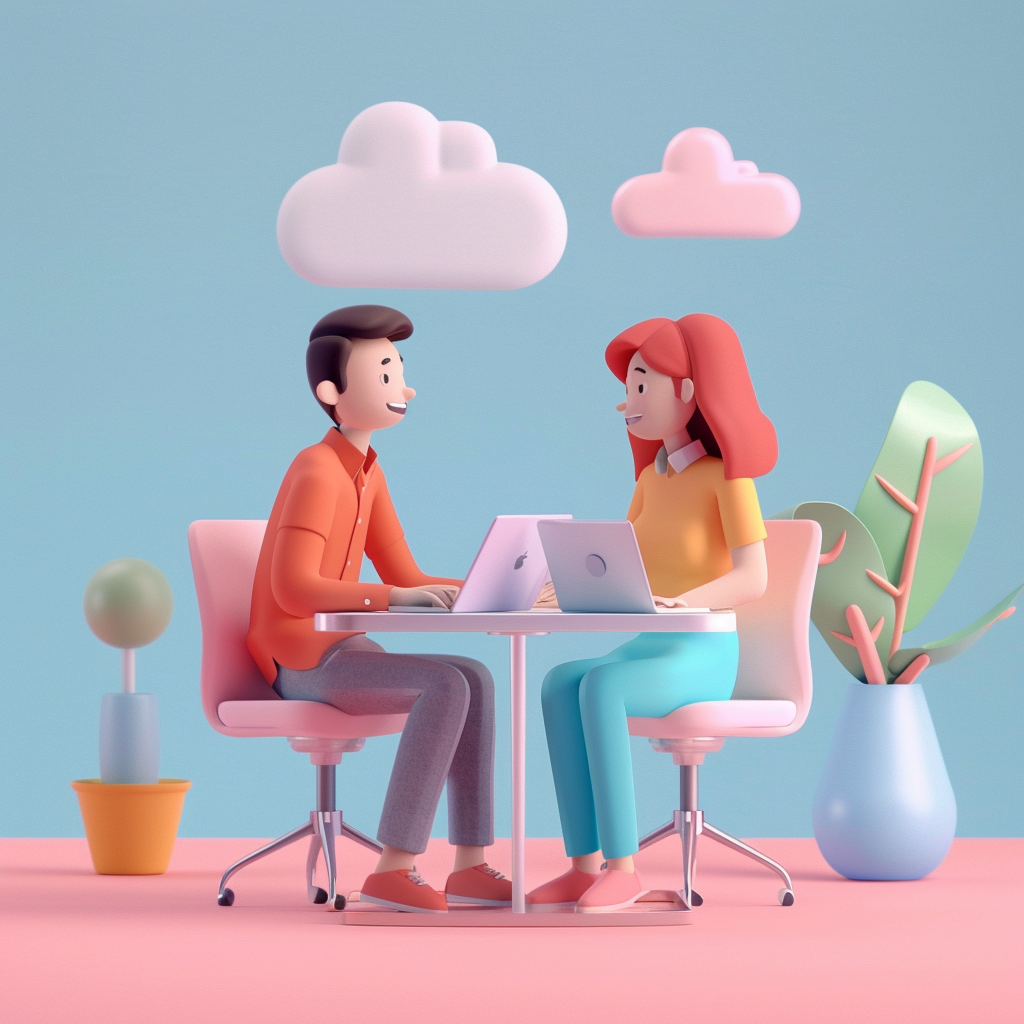

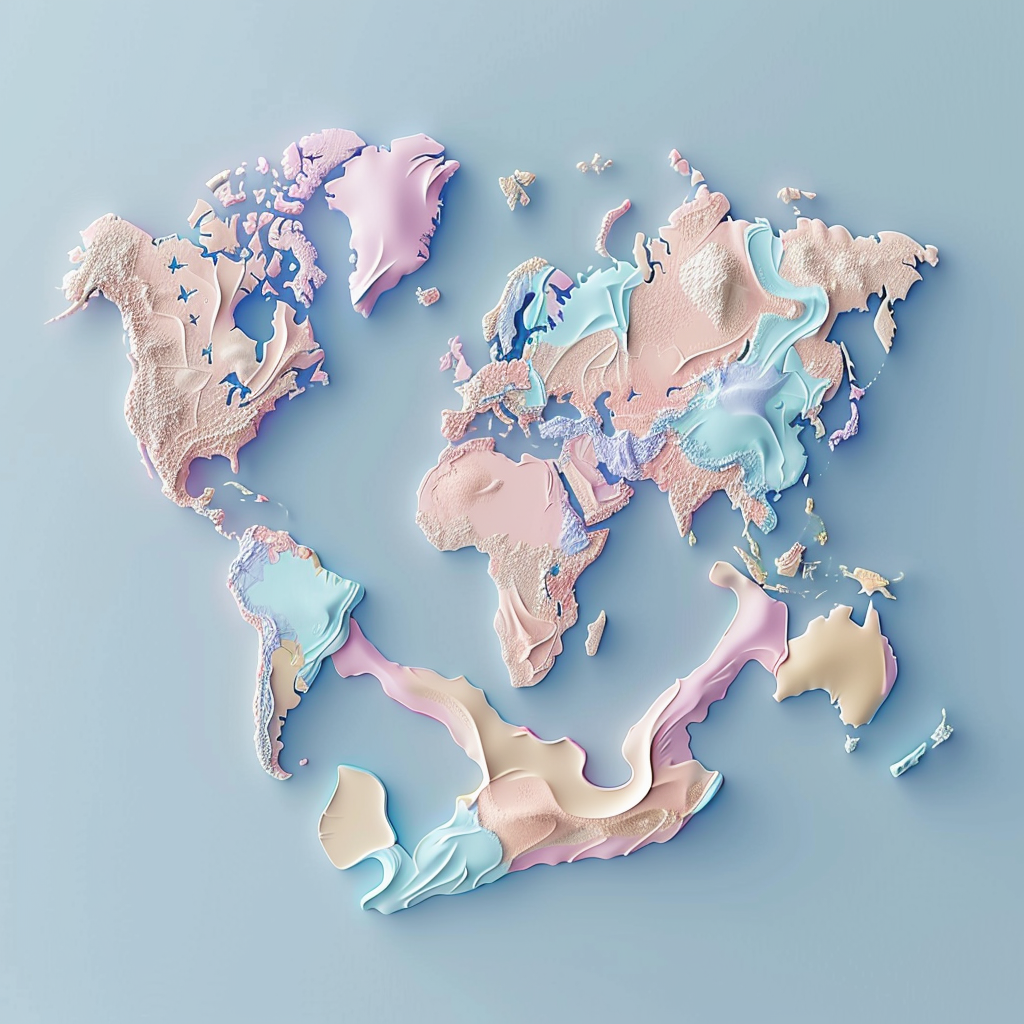
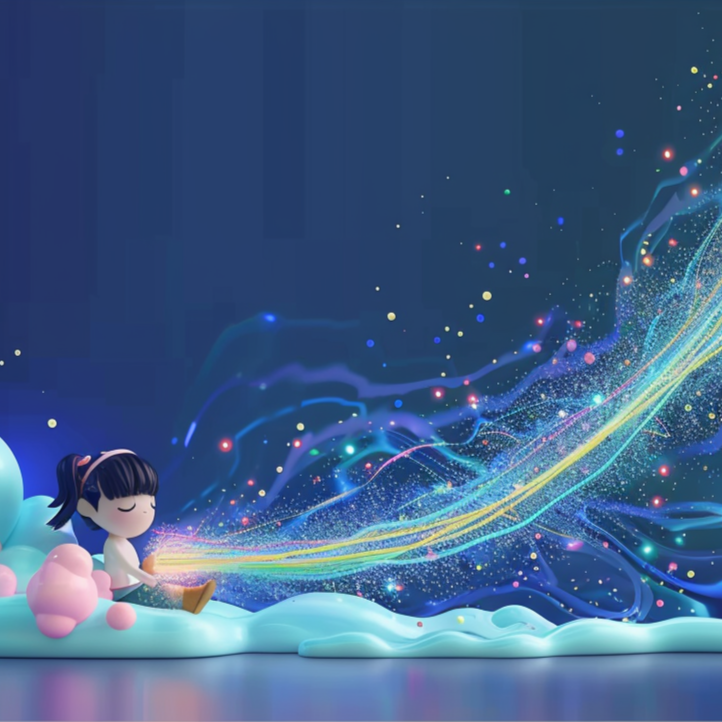





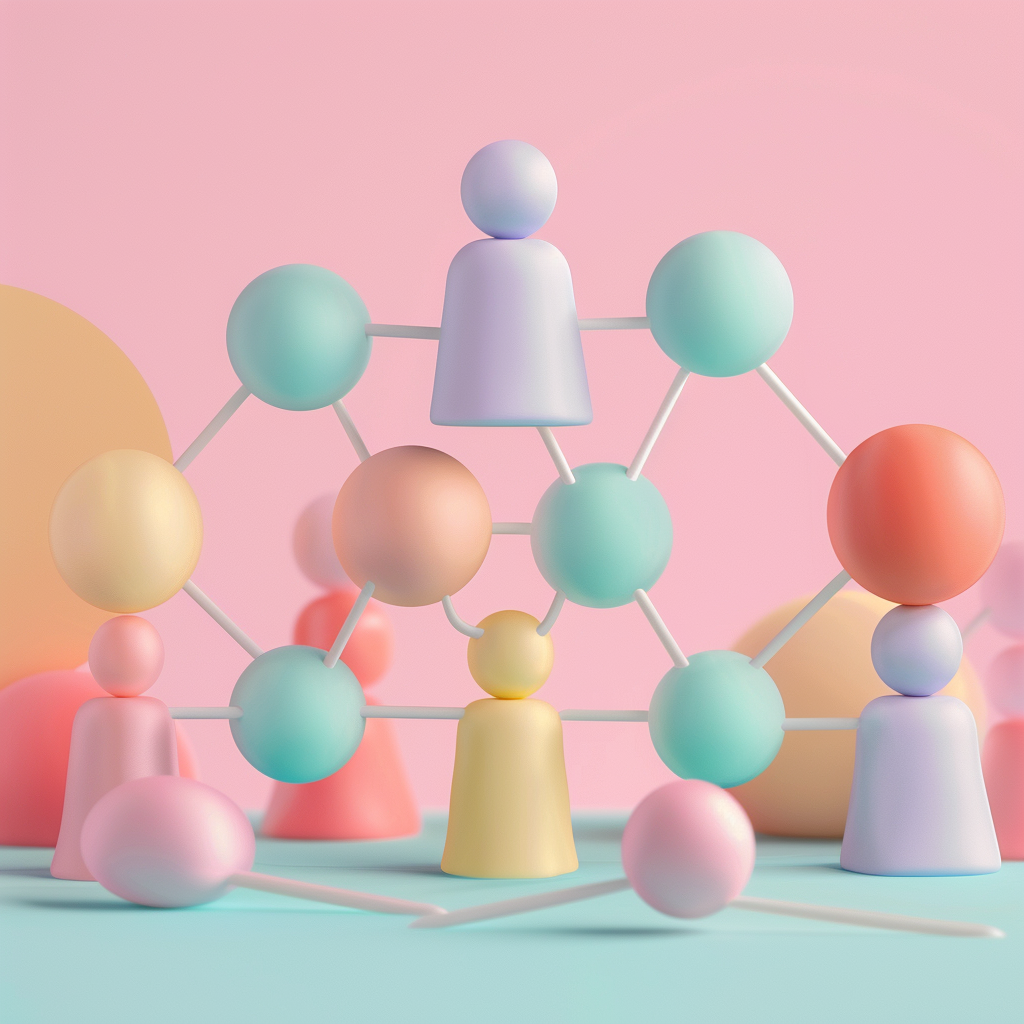


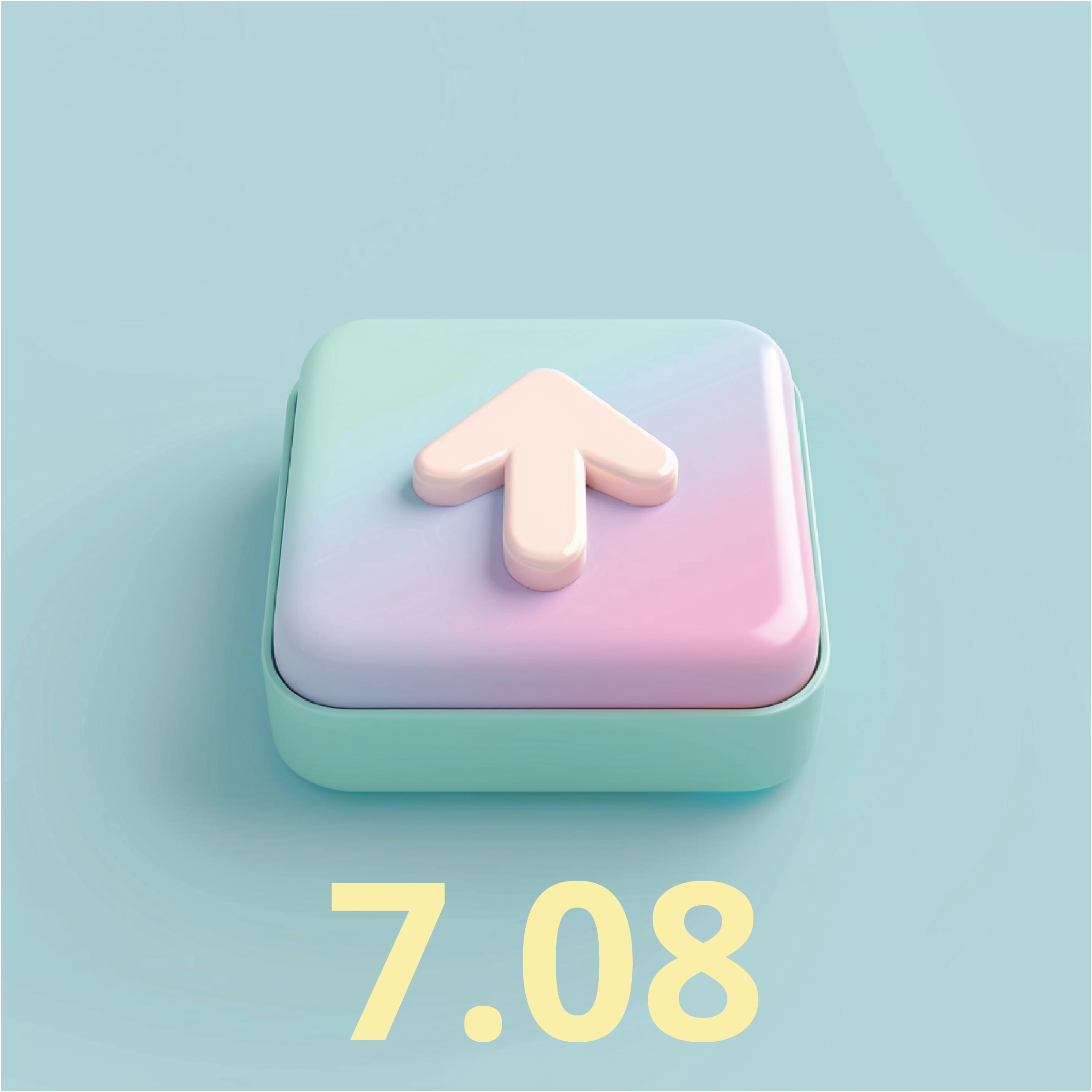

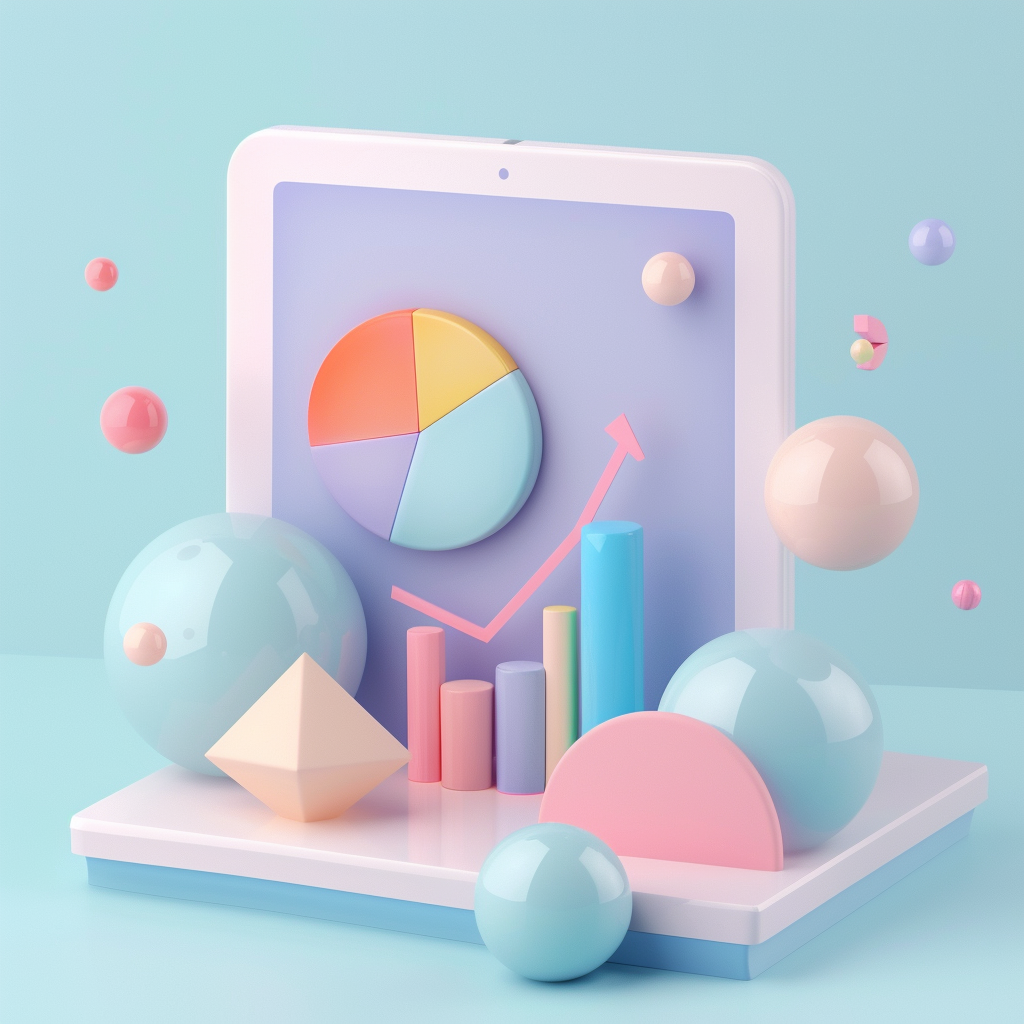










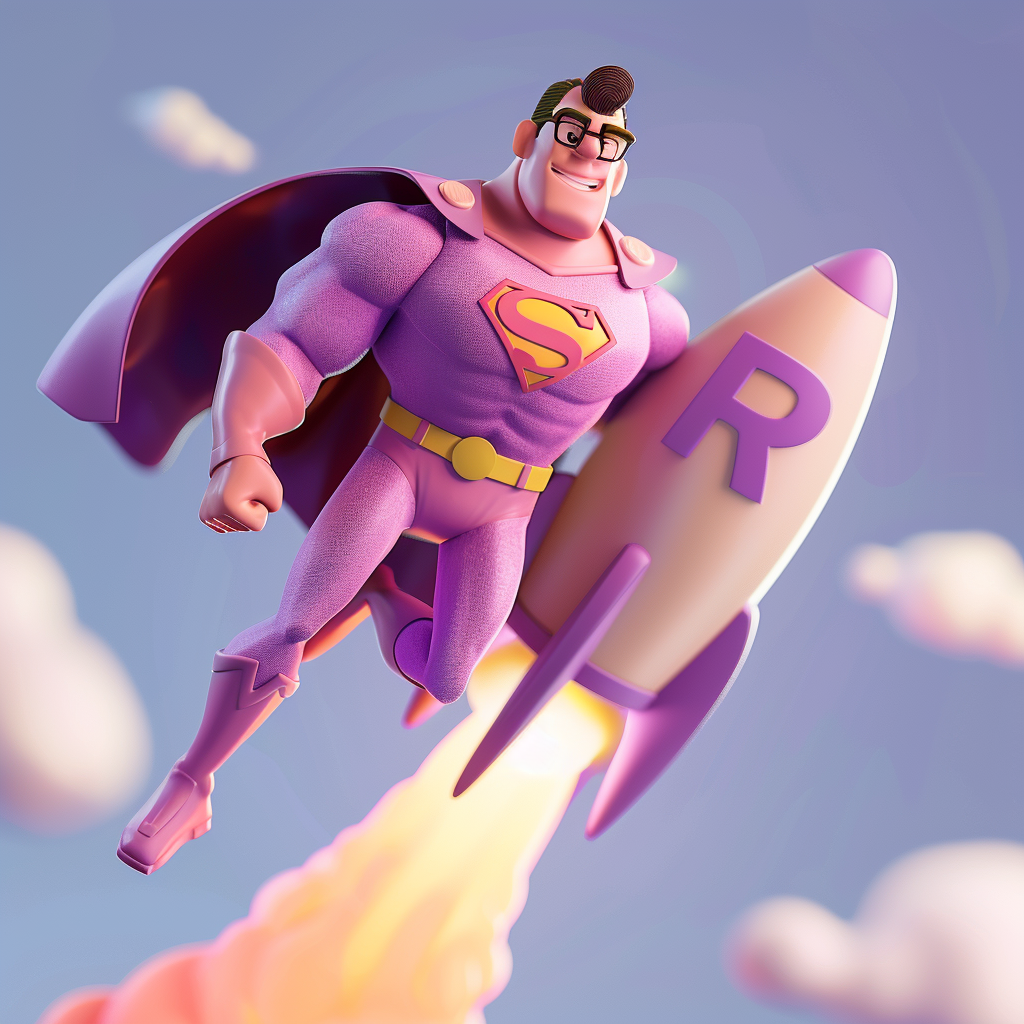




























.png)


















.png)




